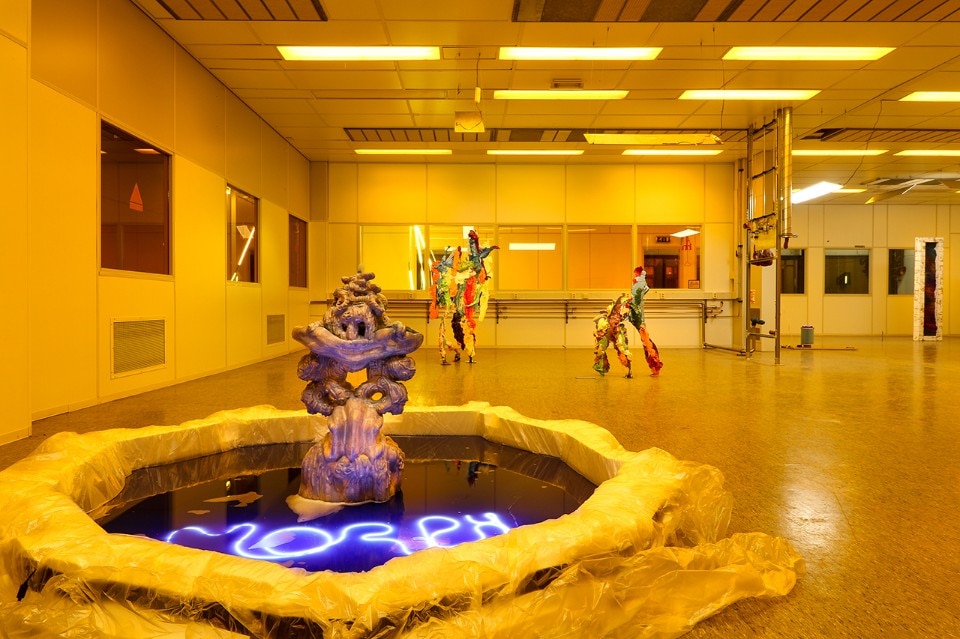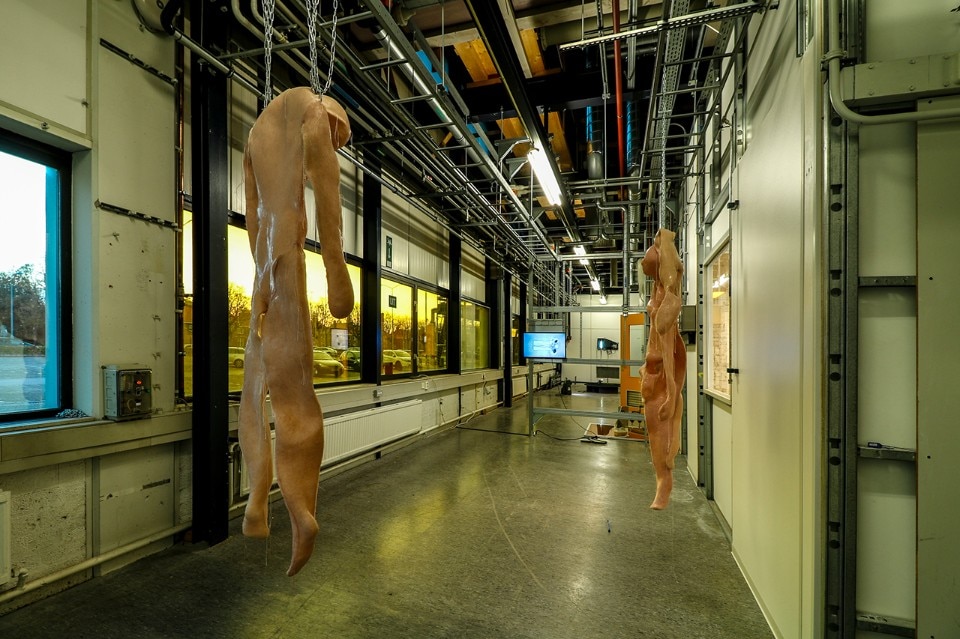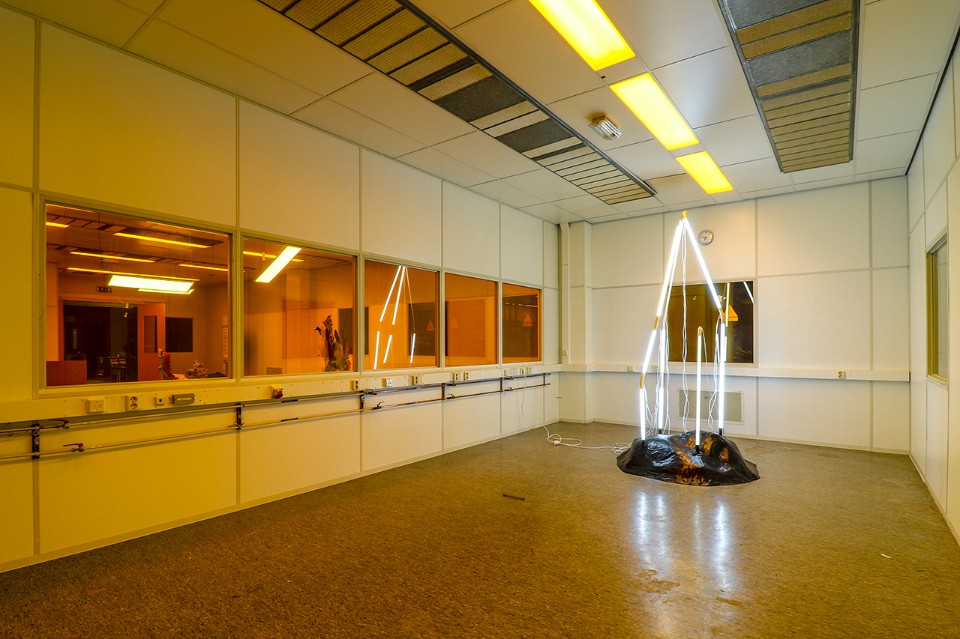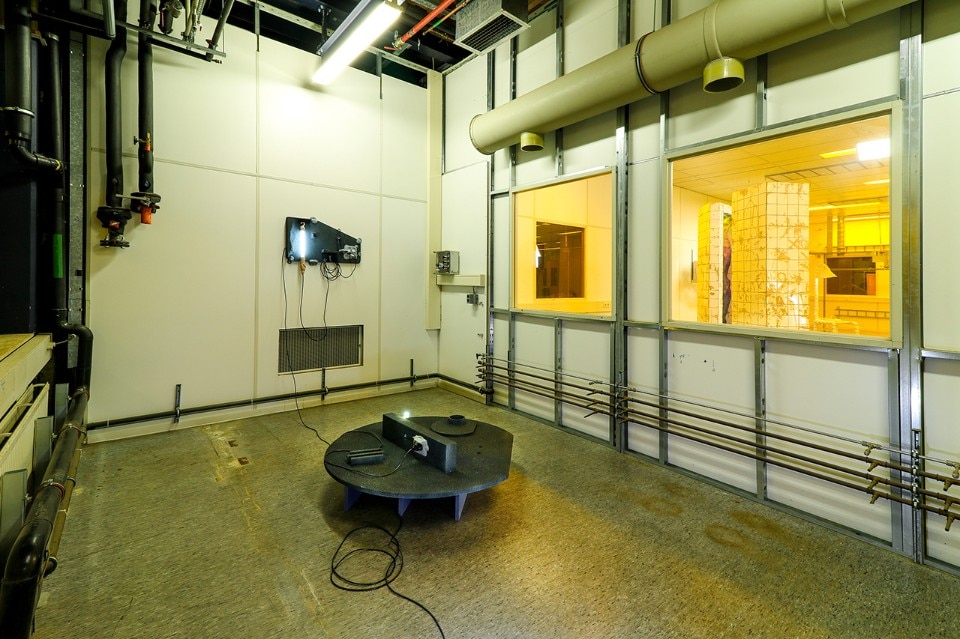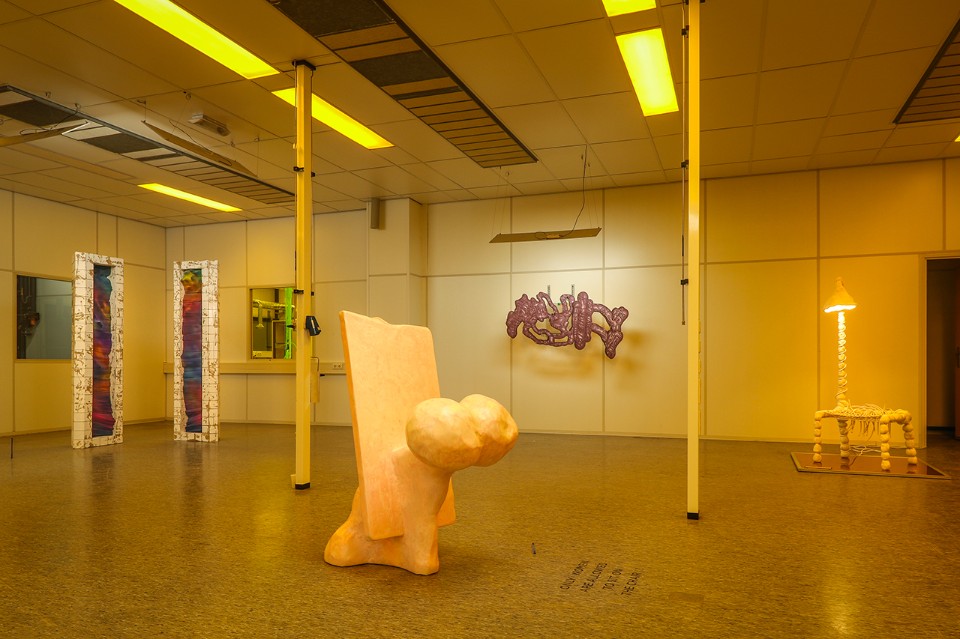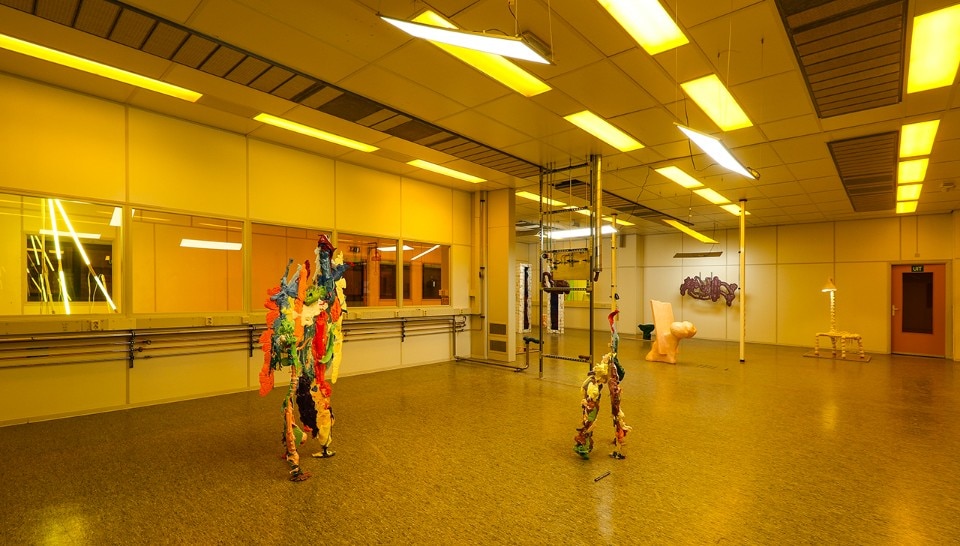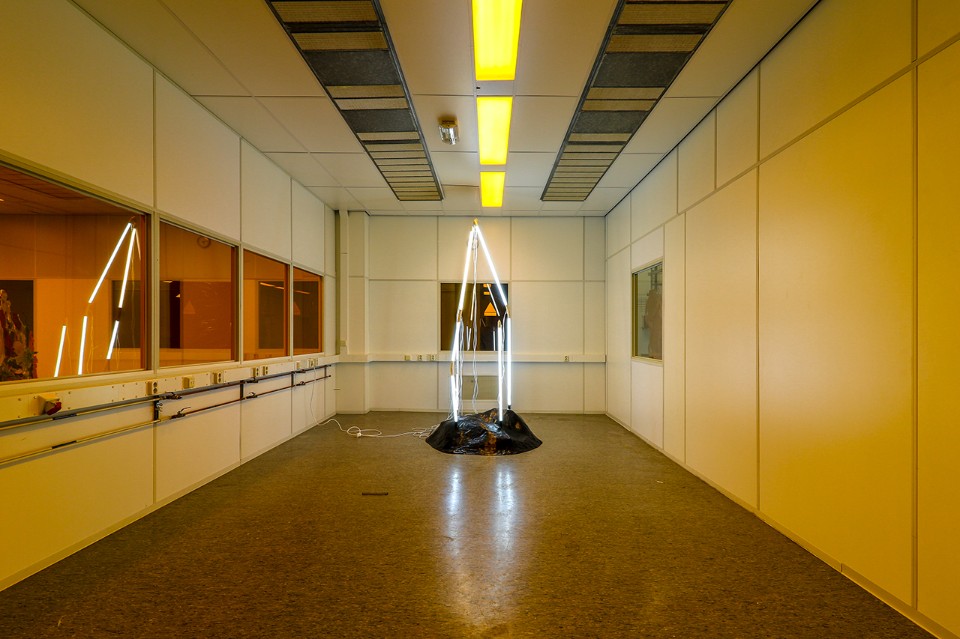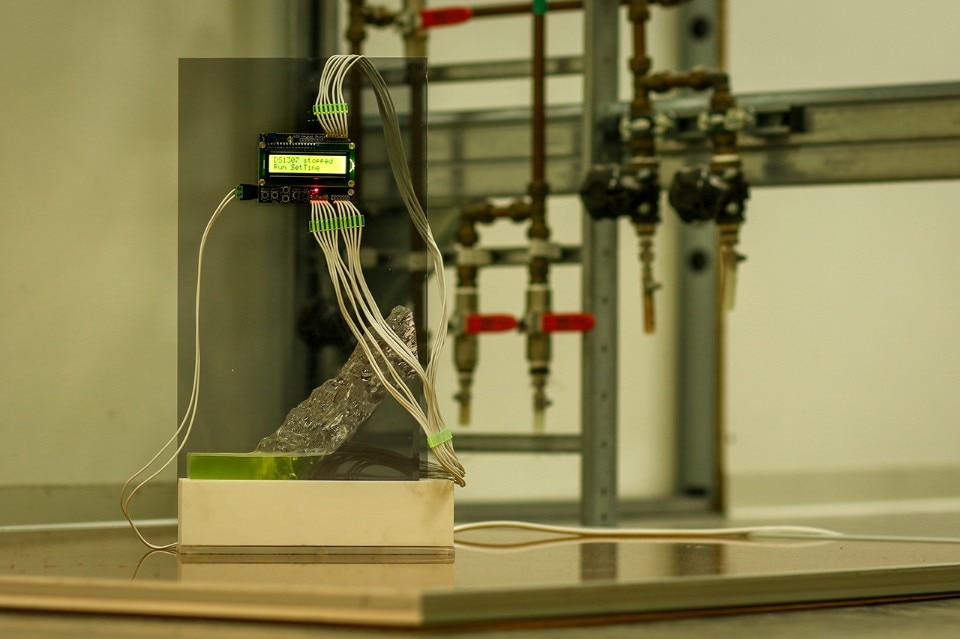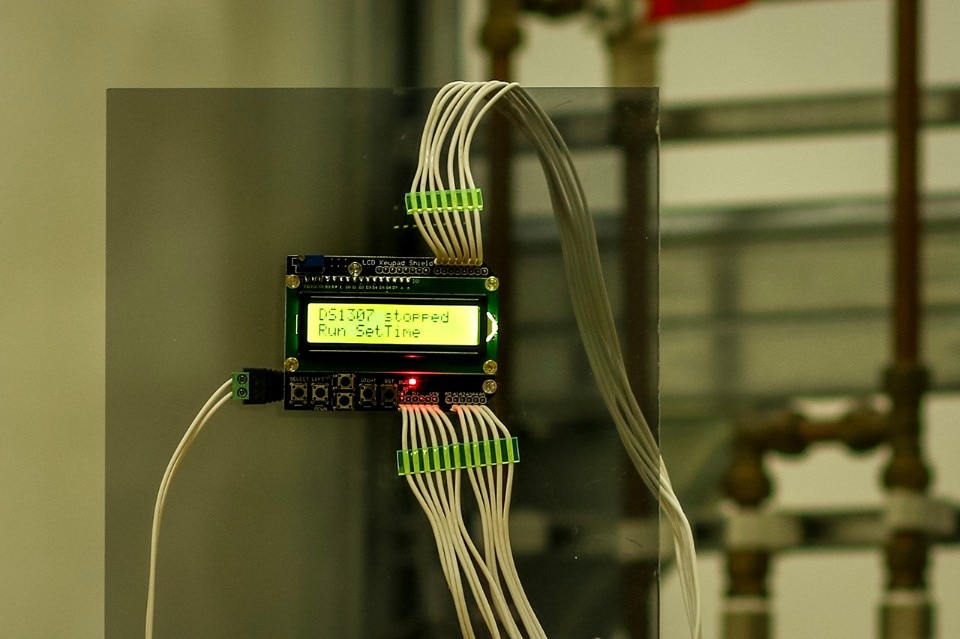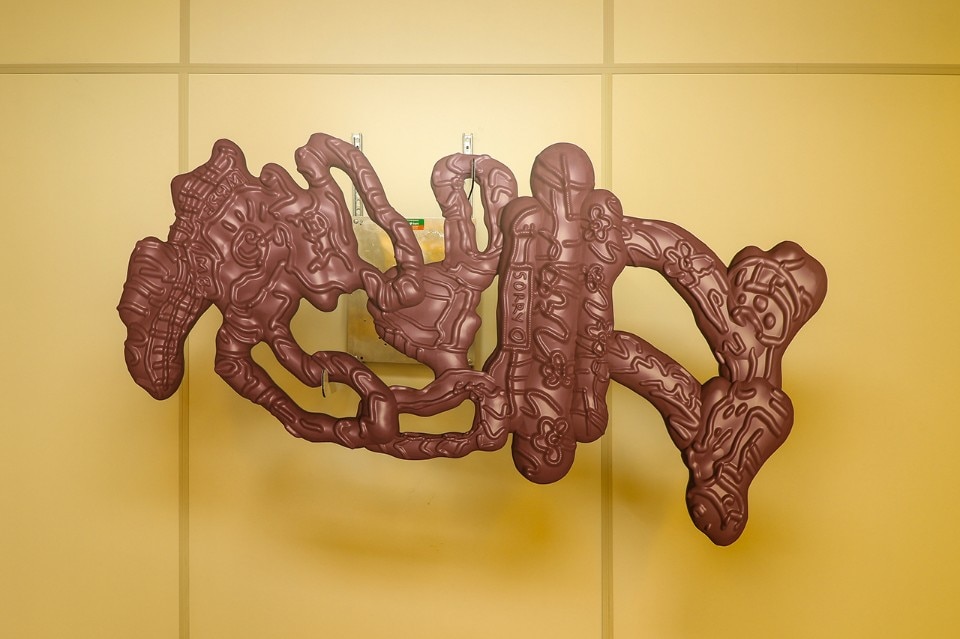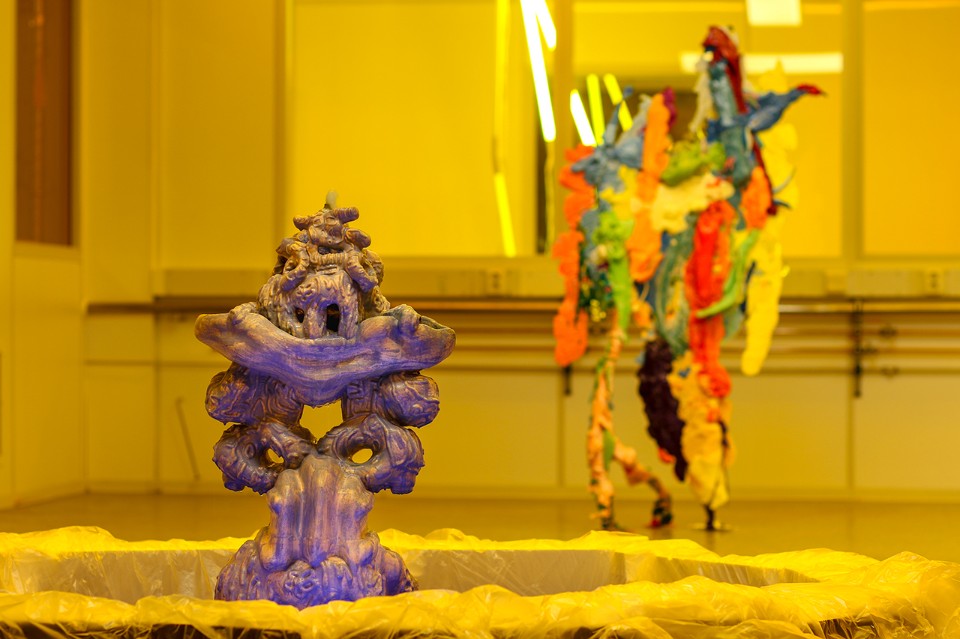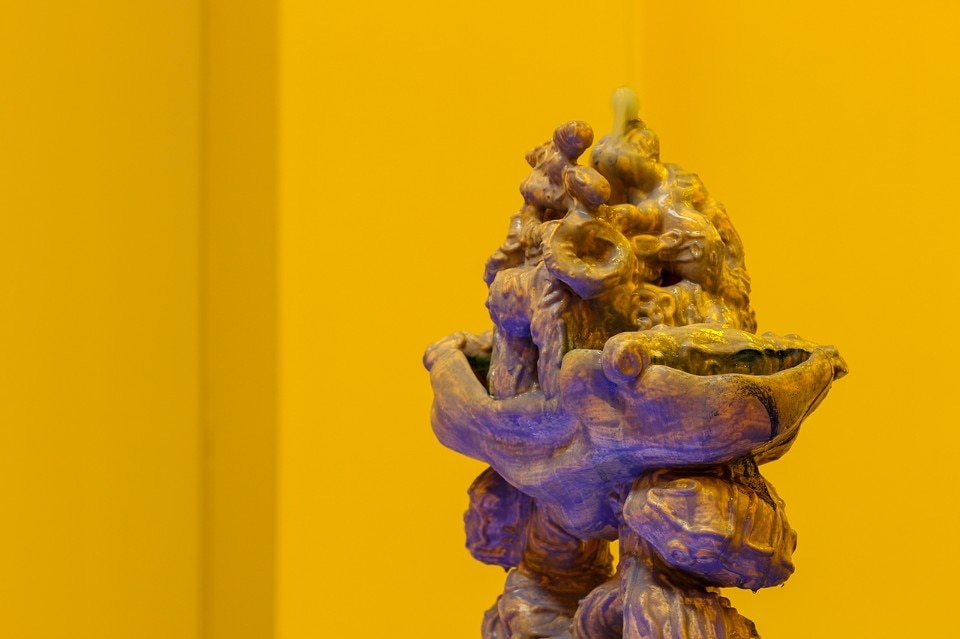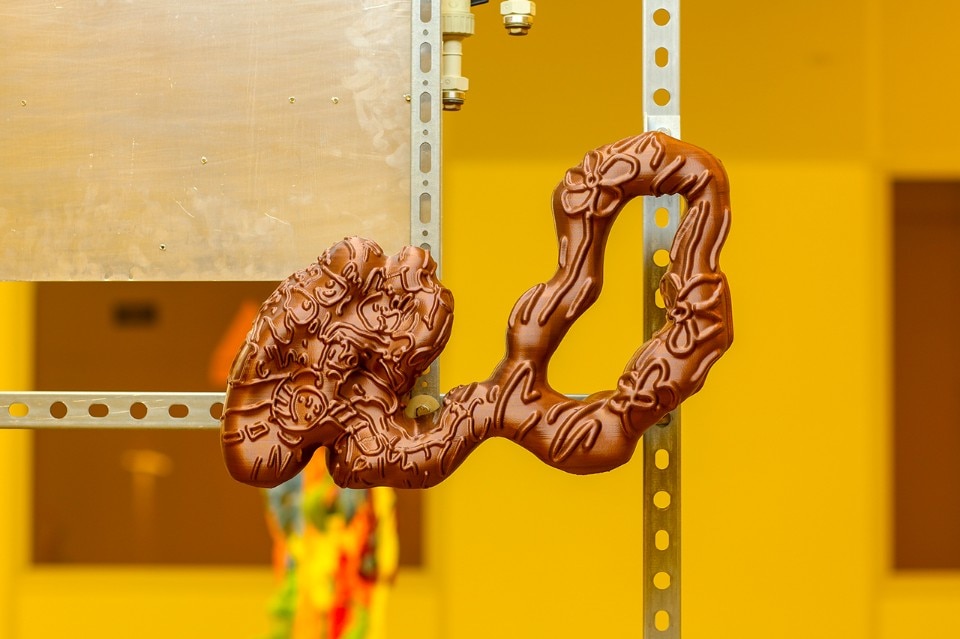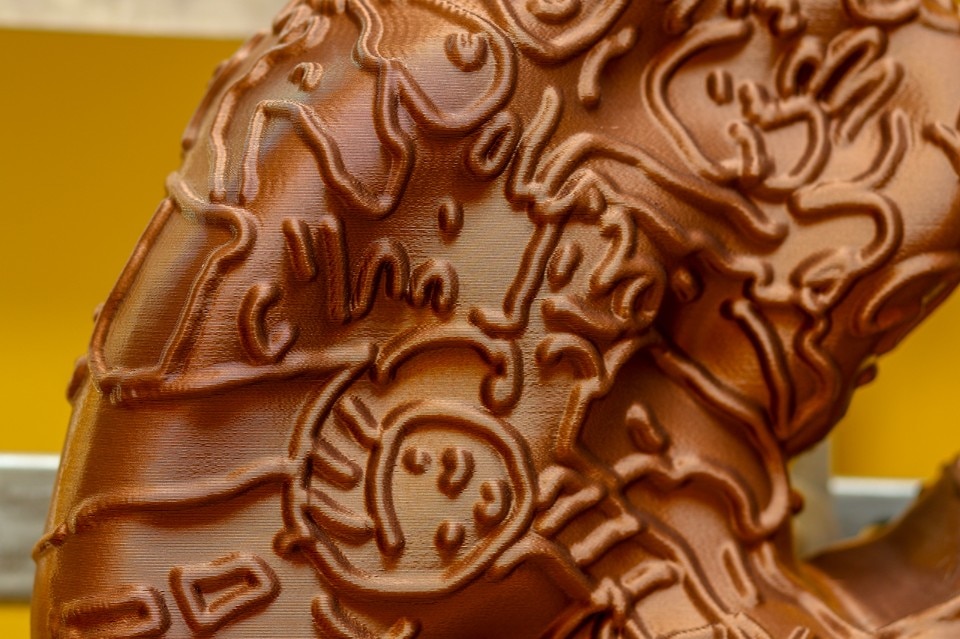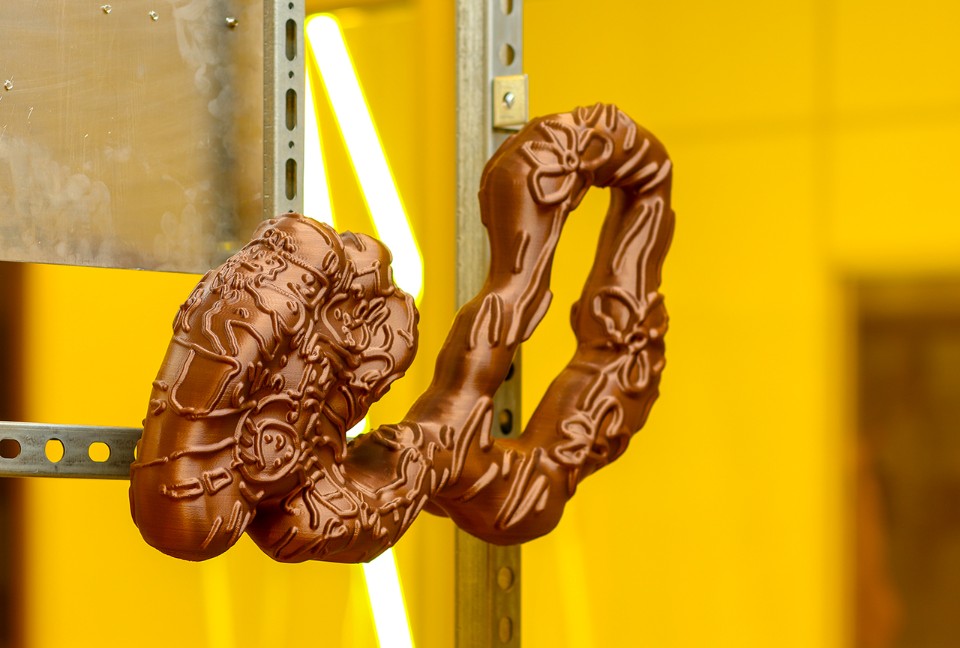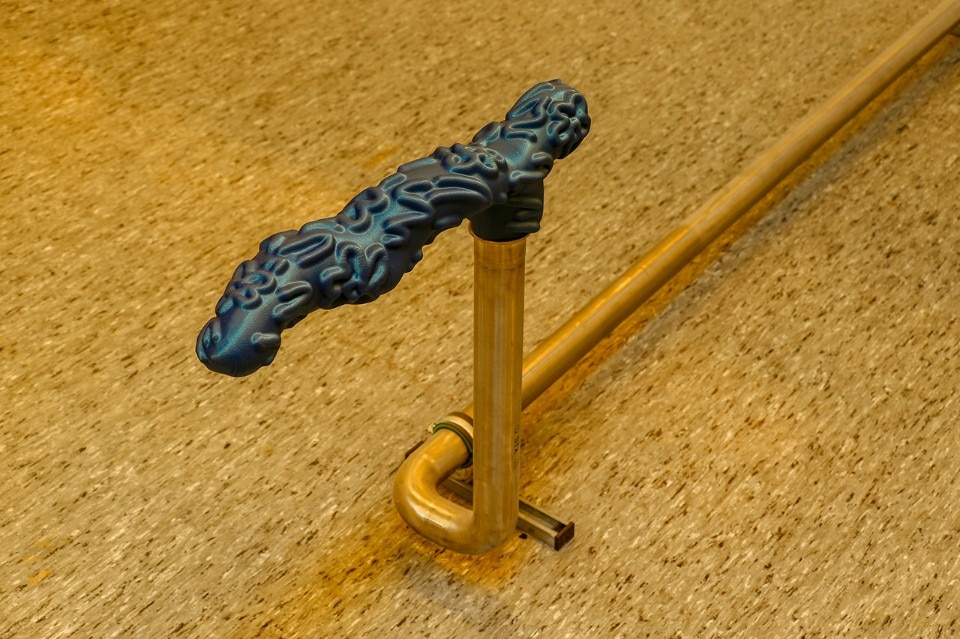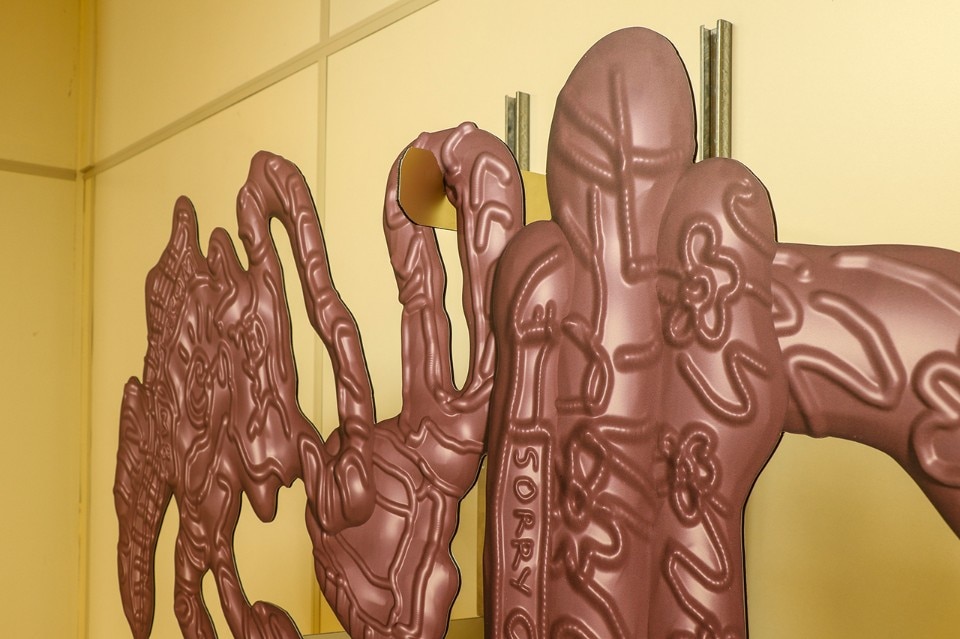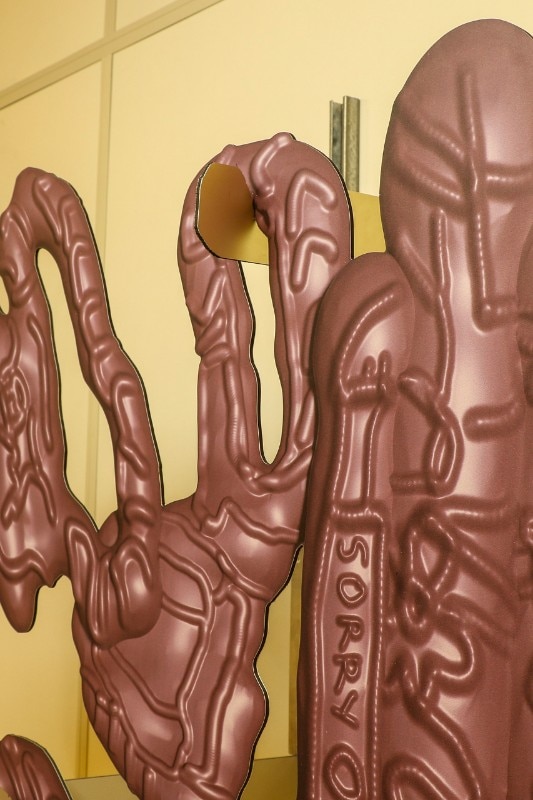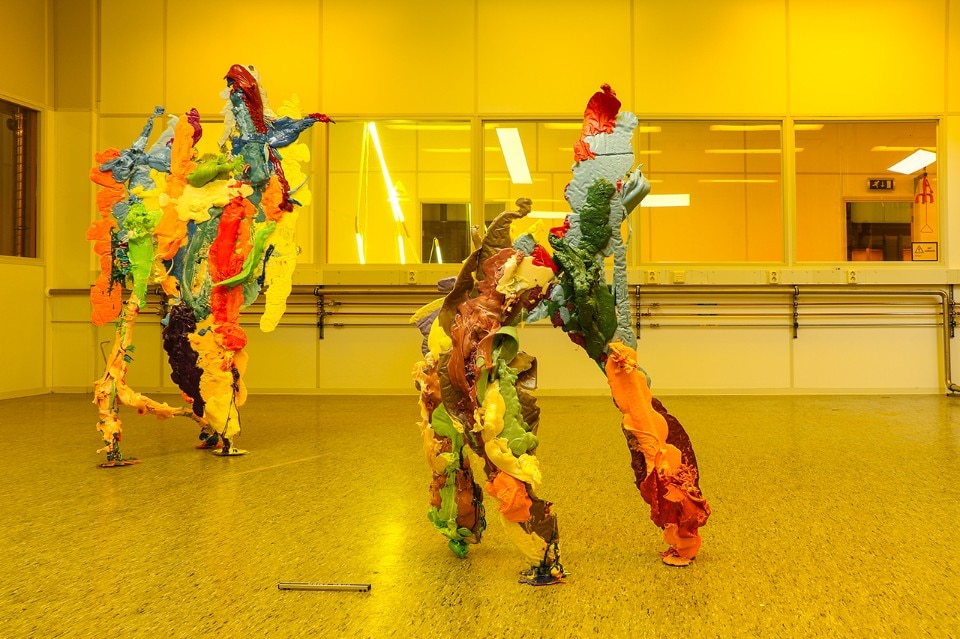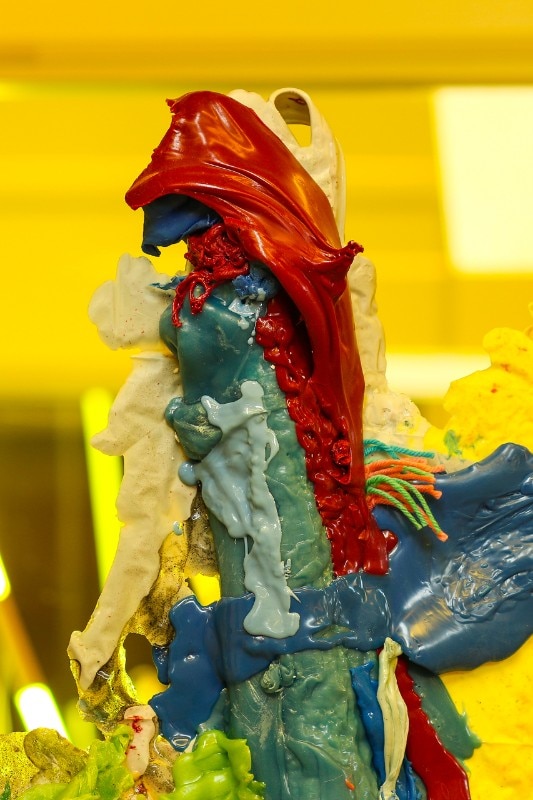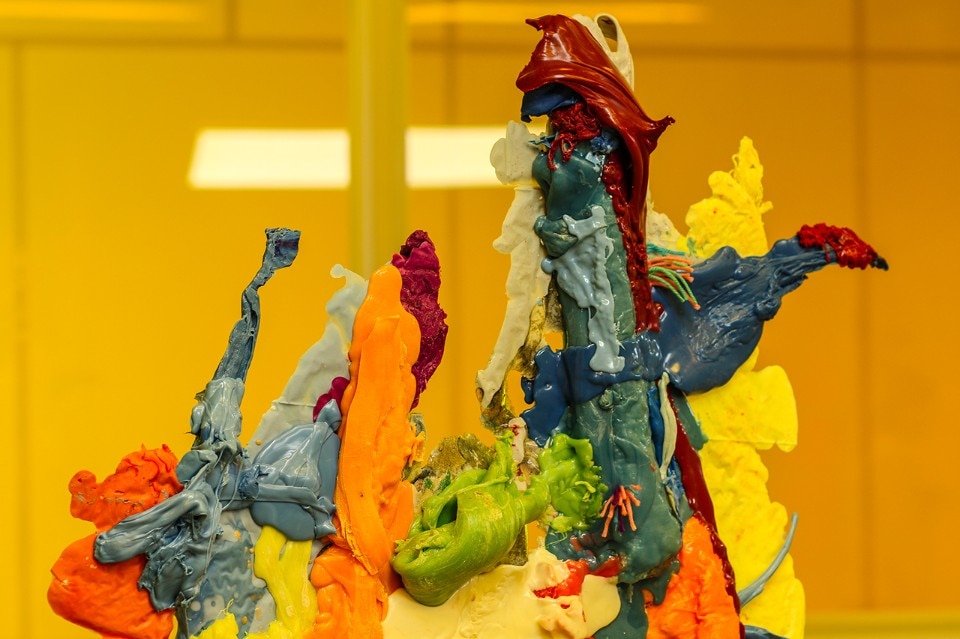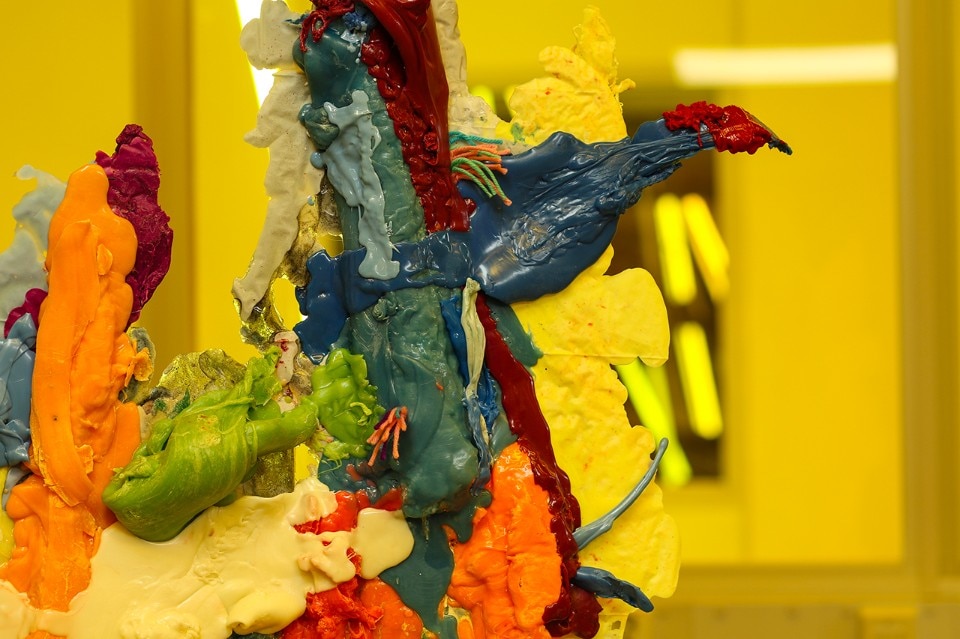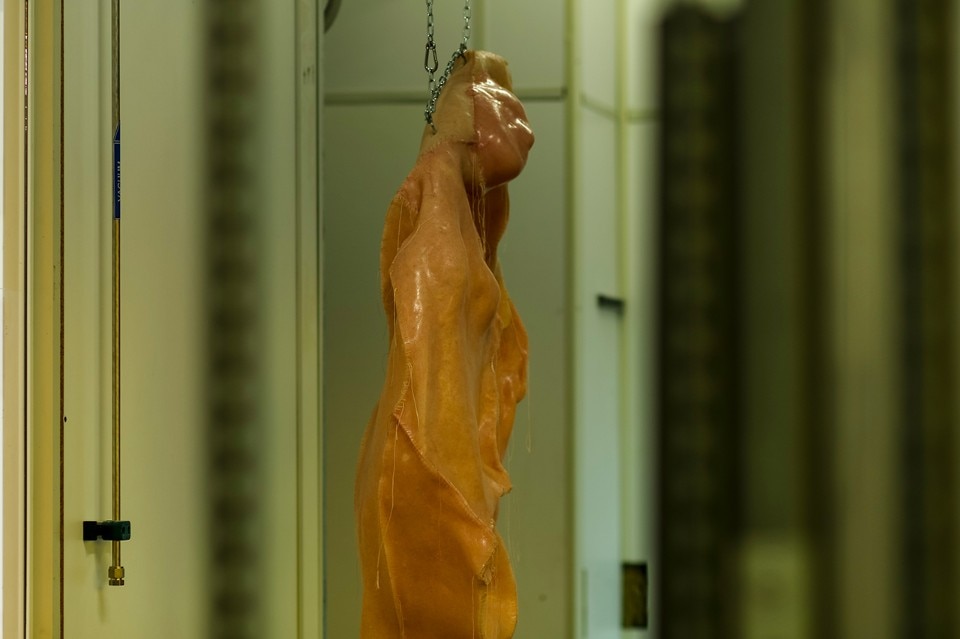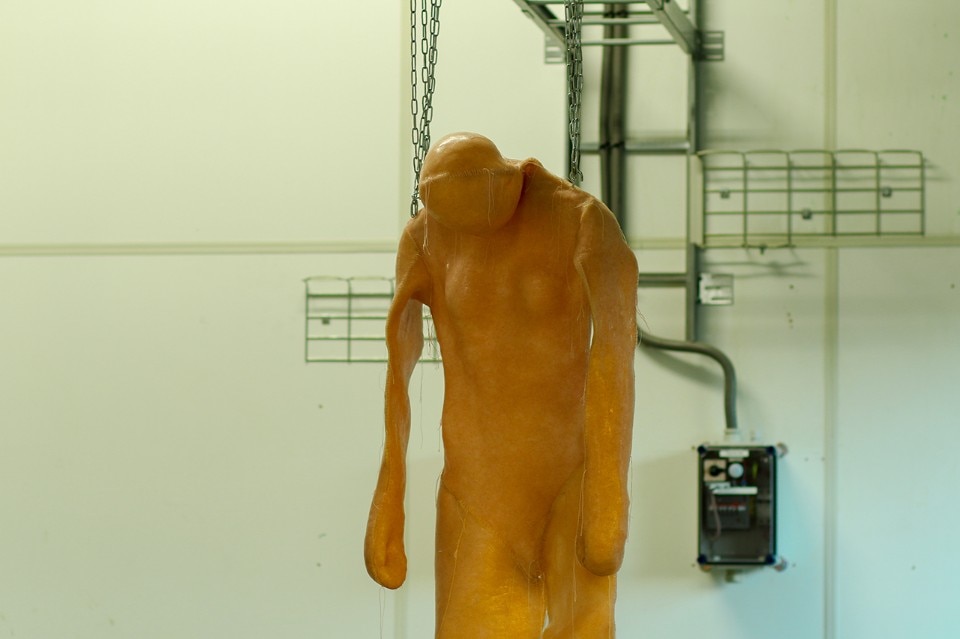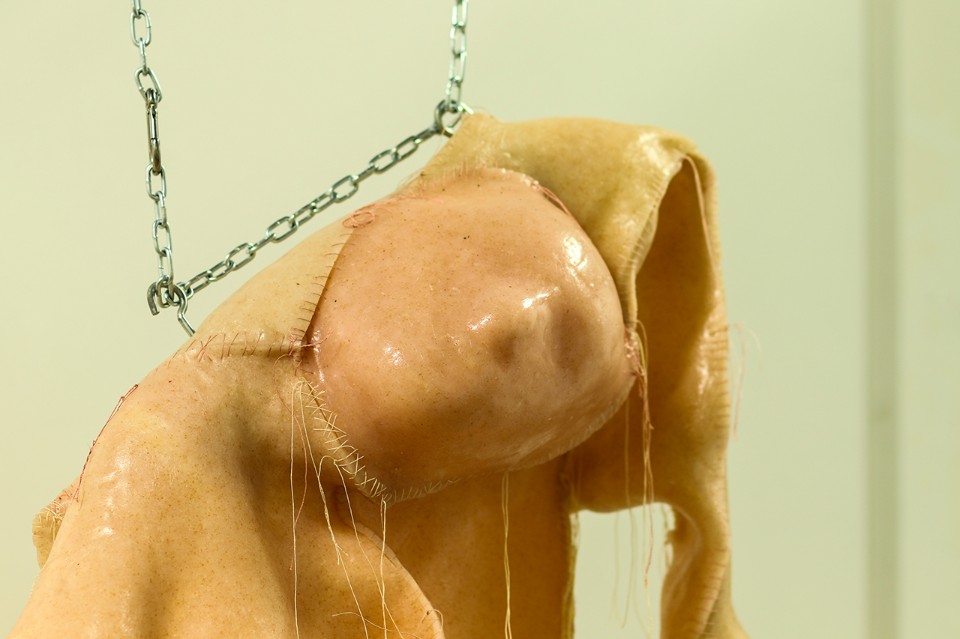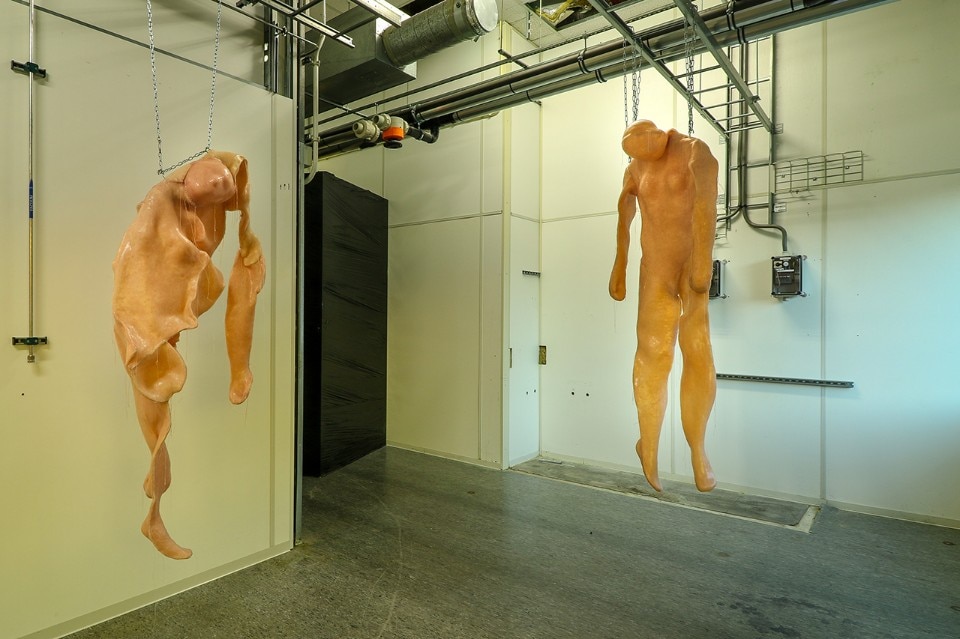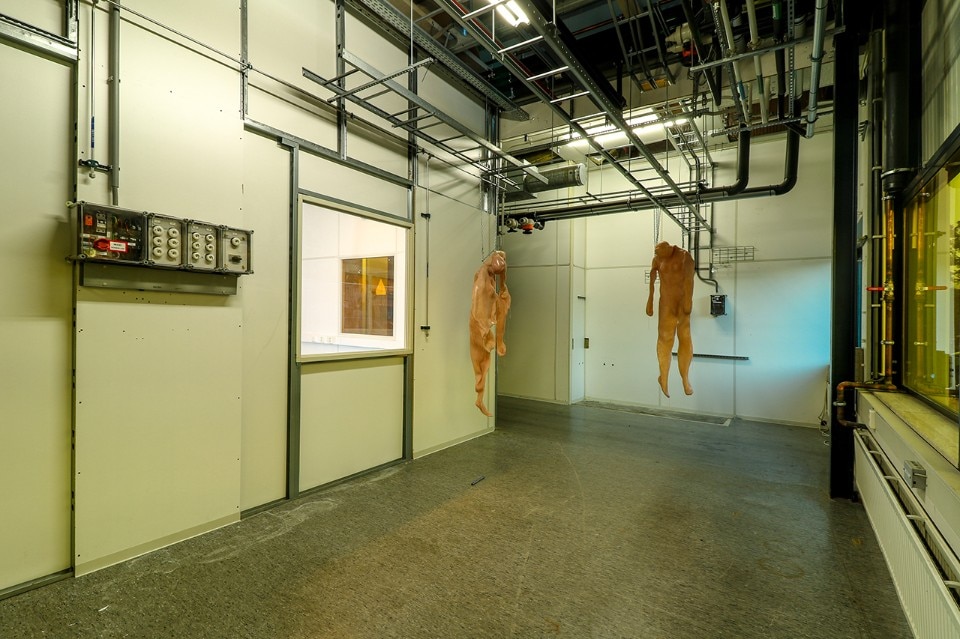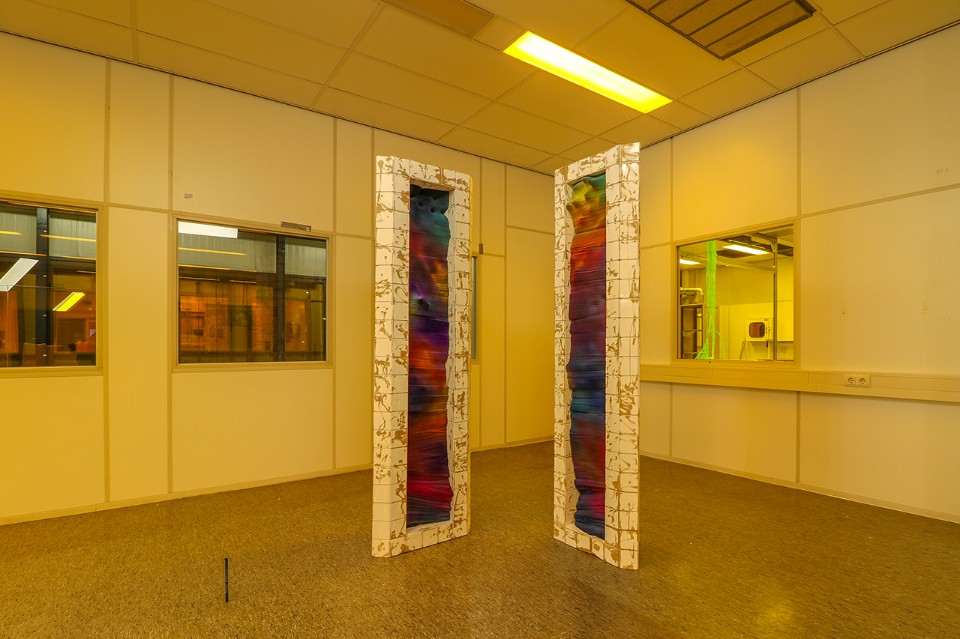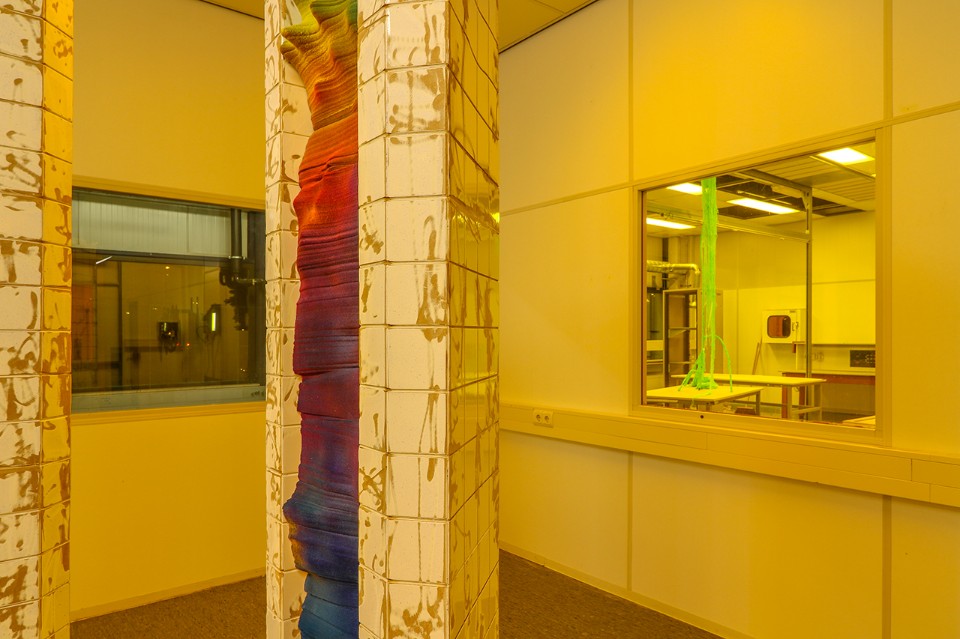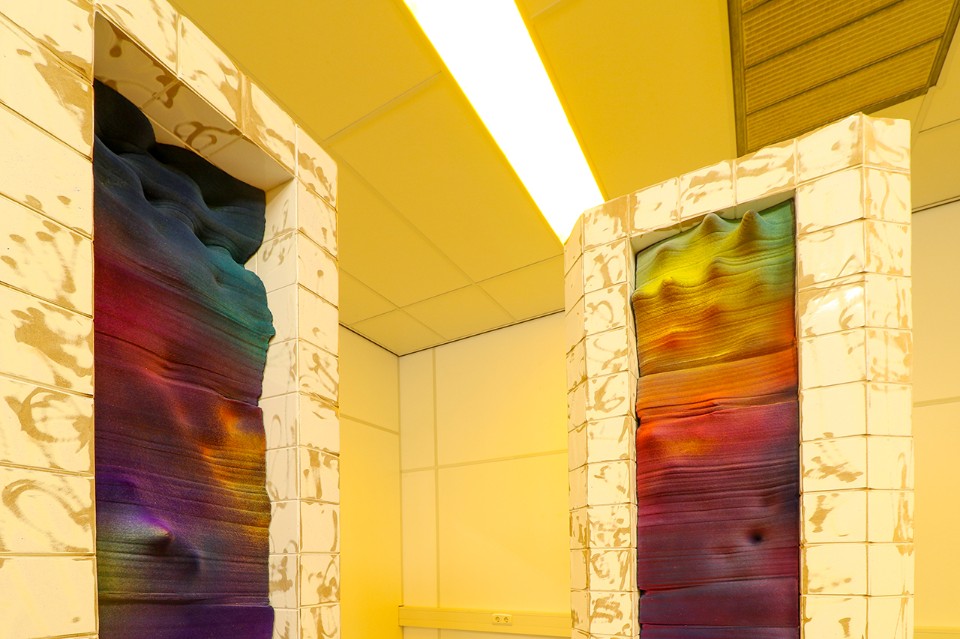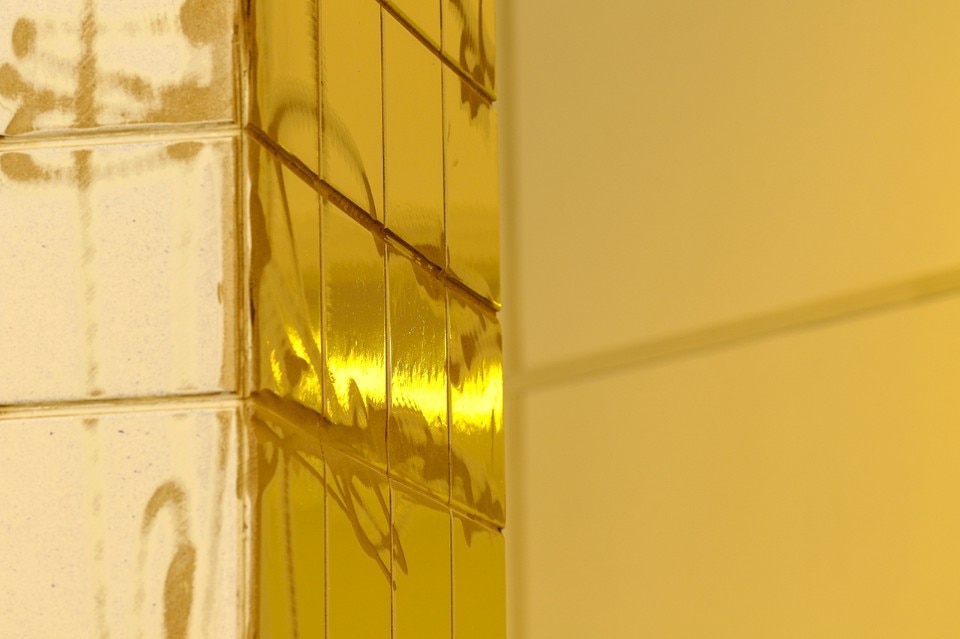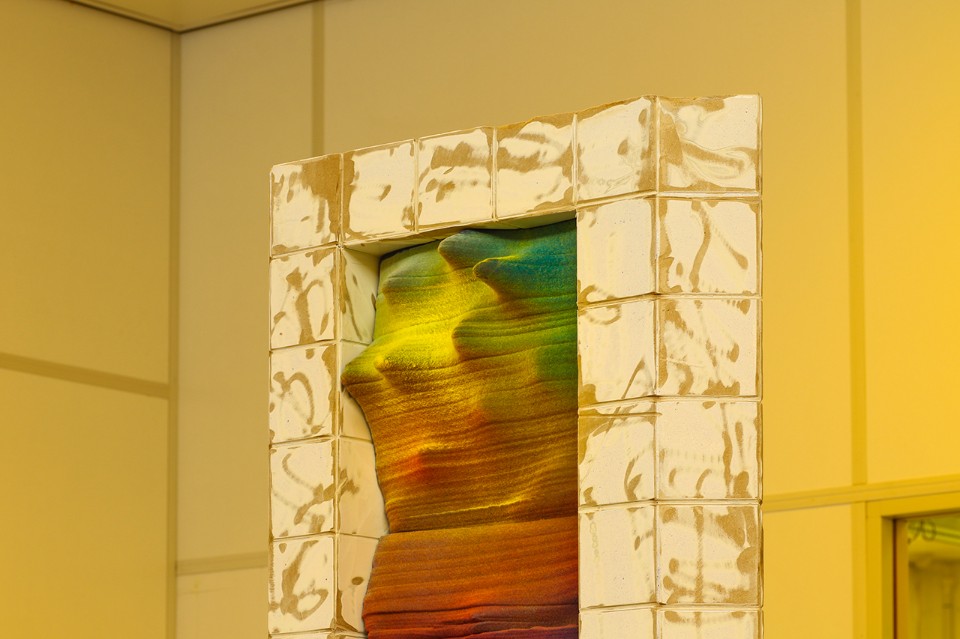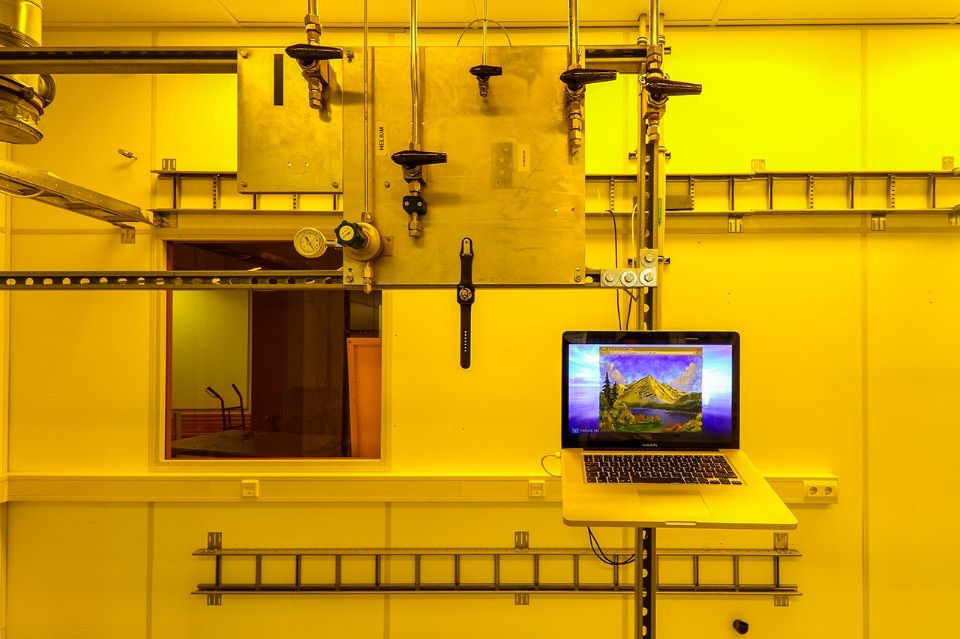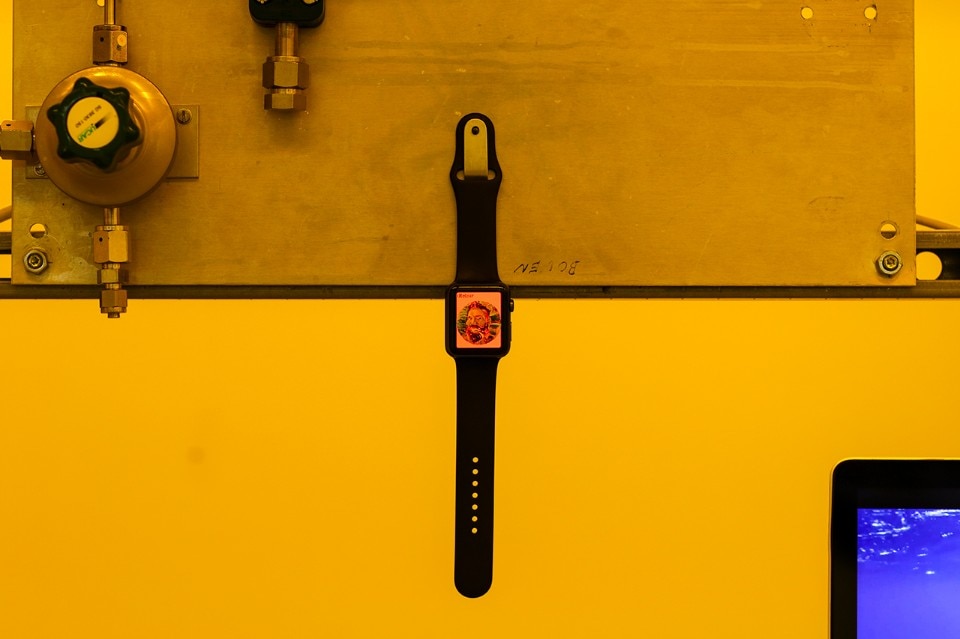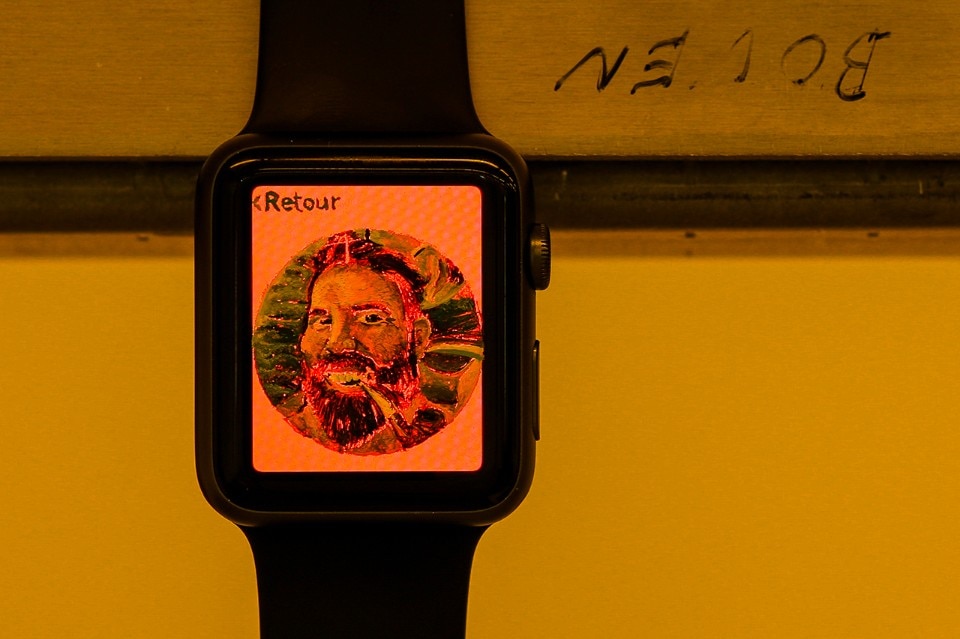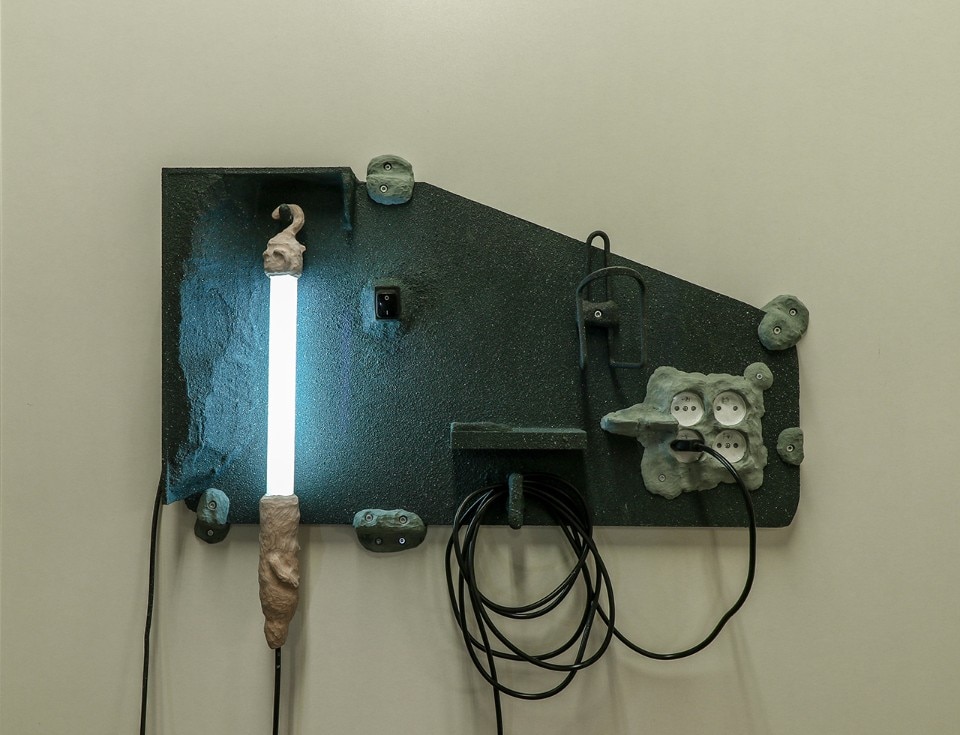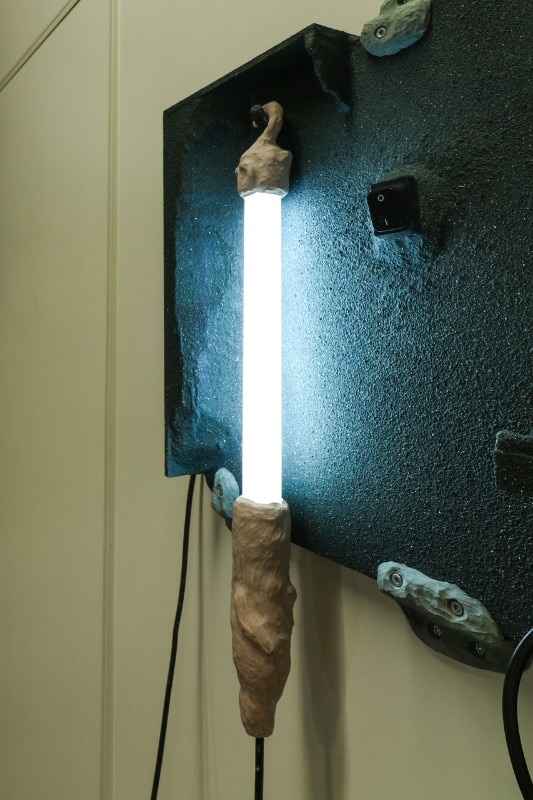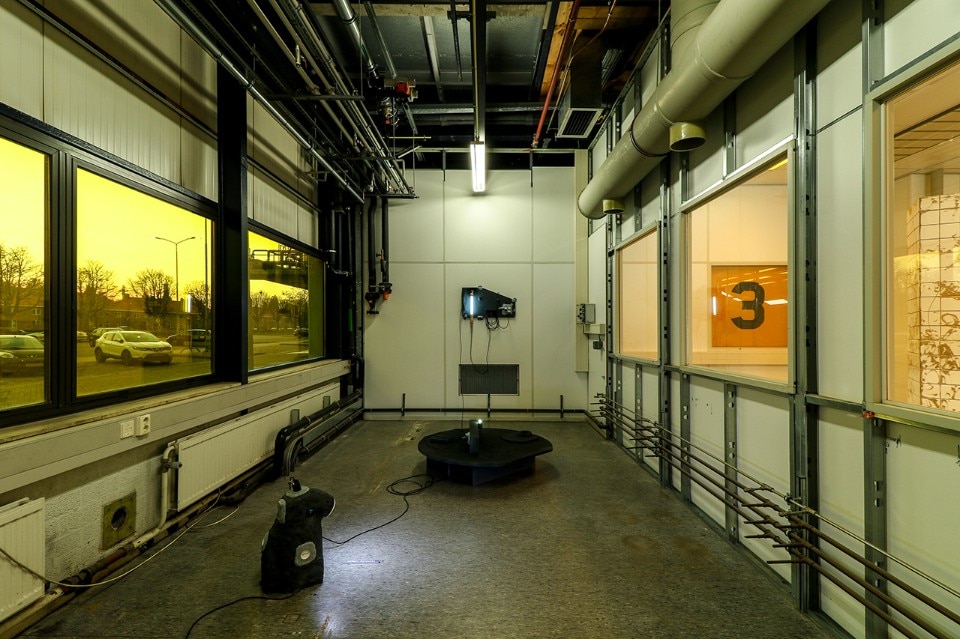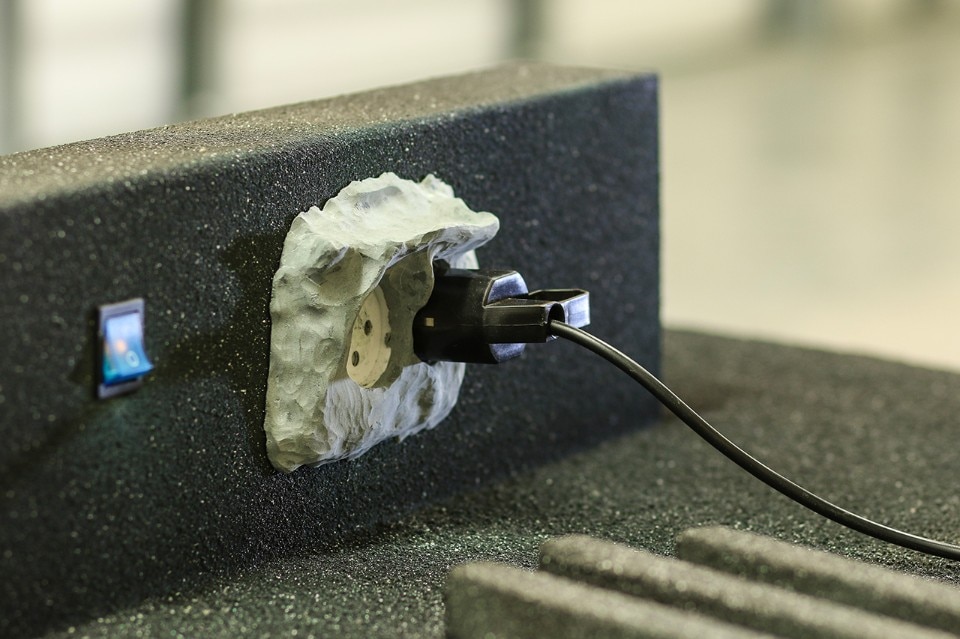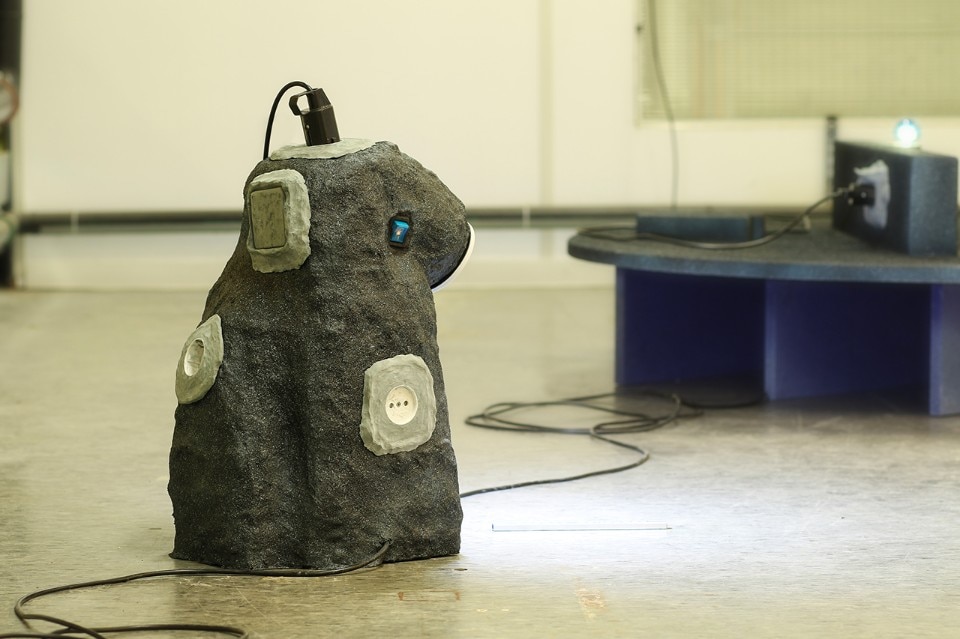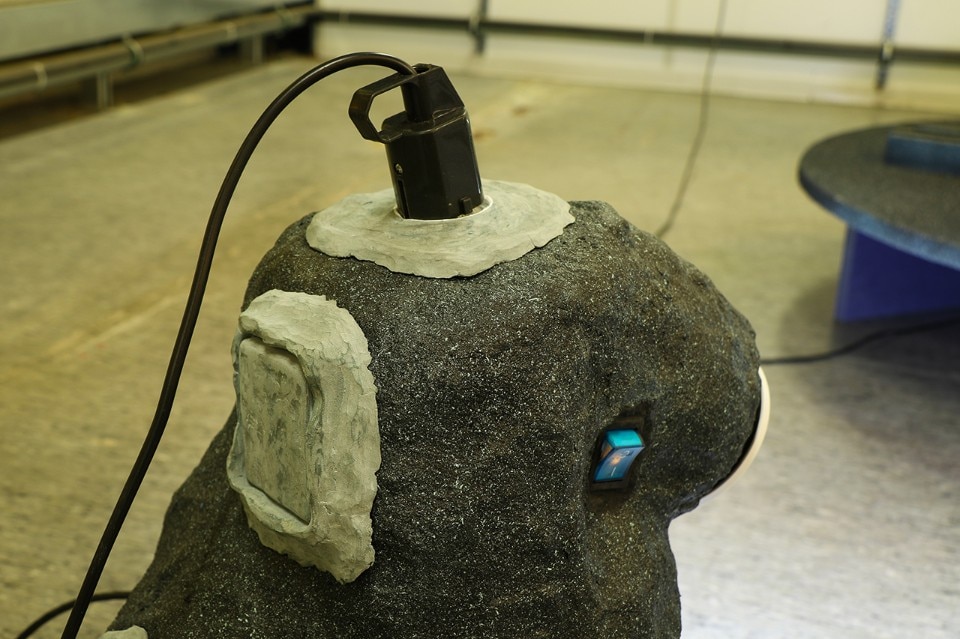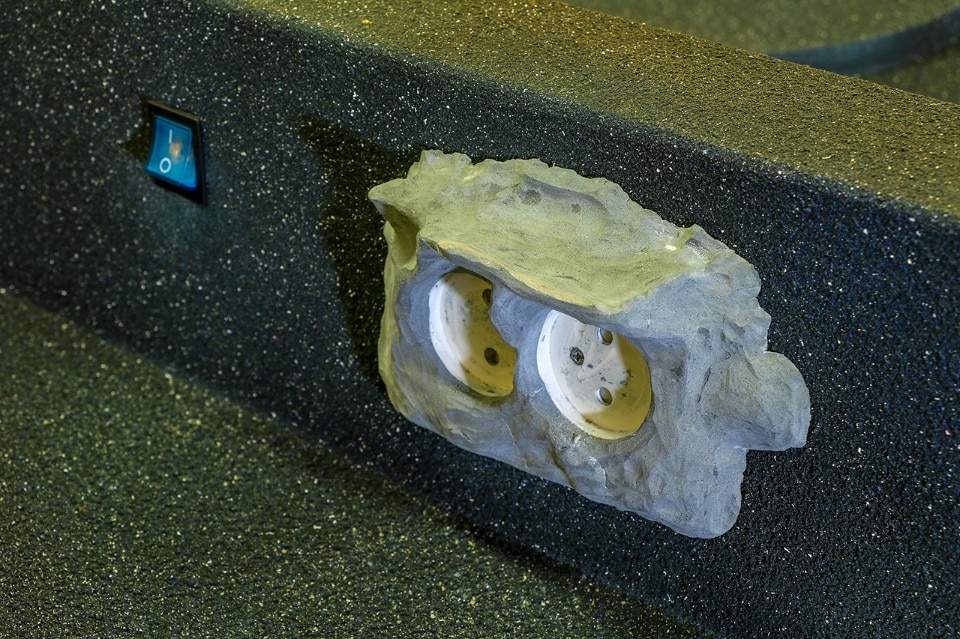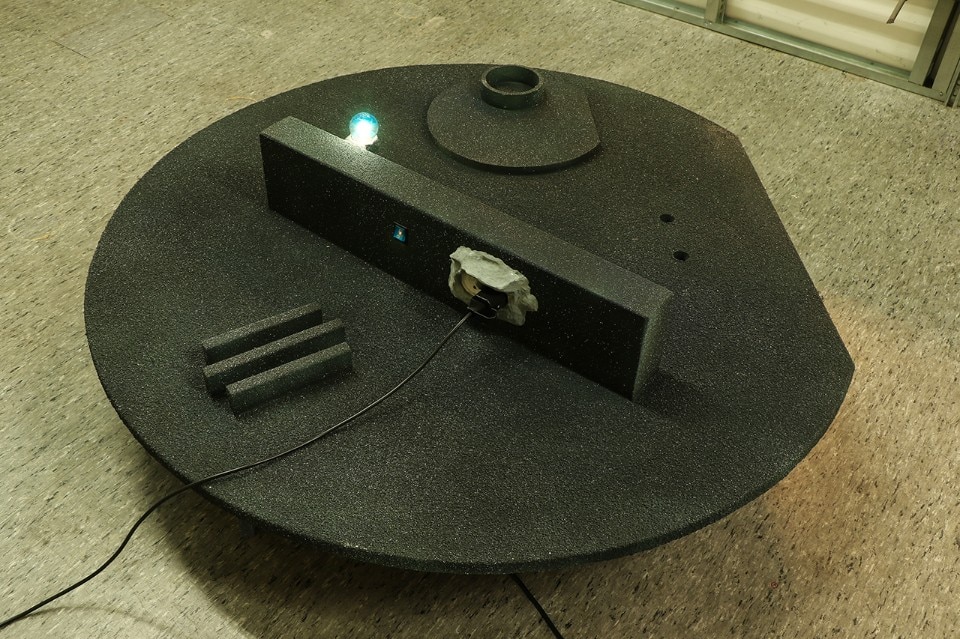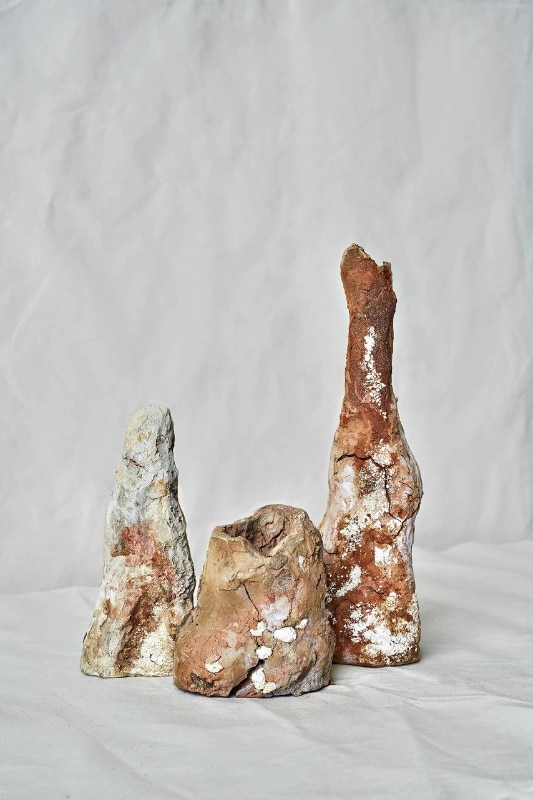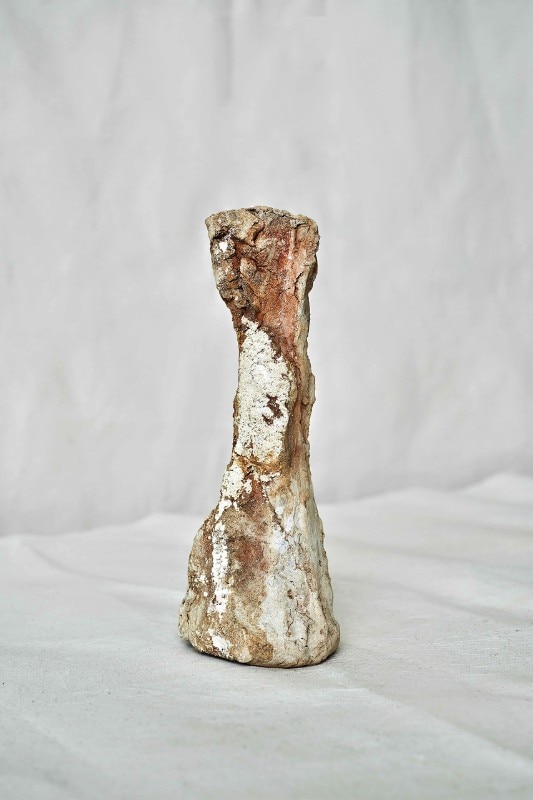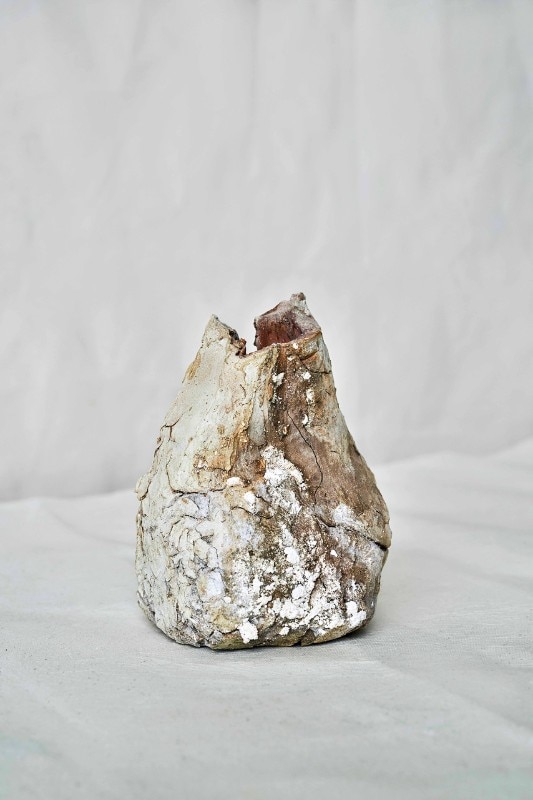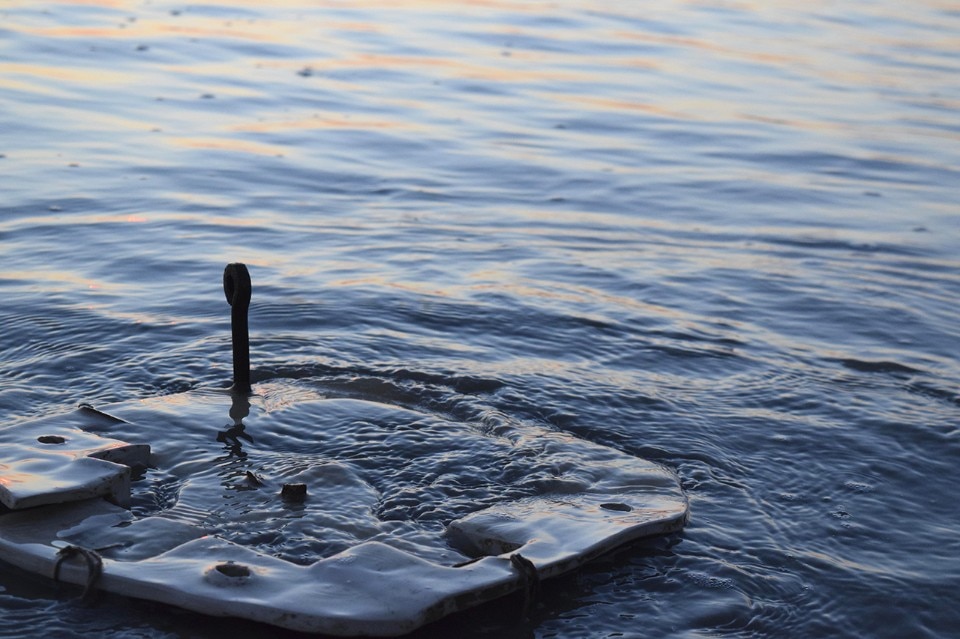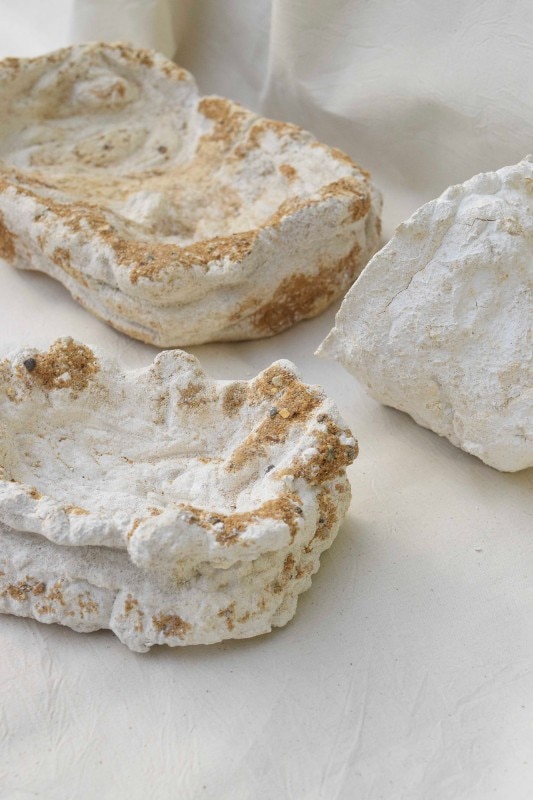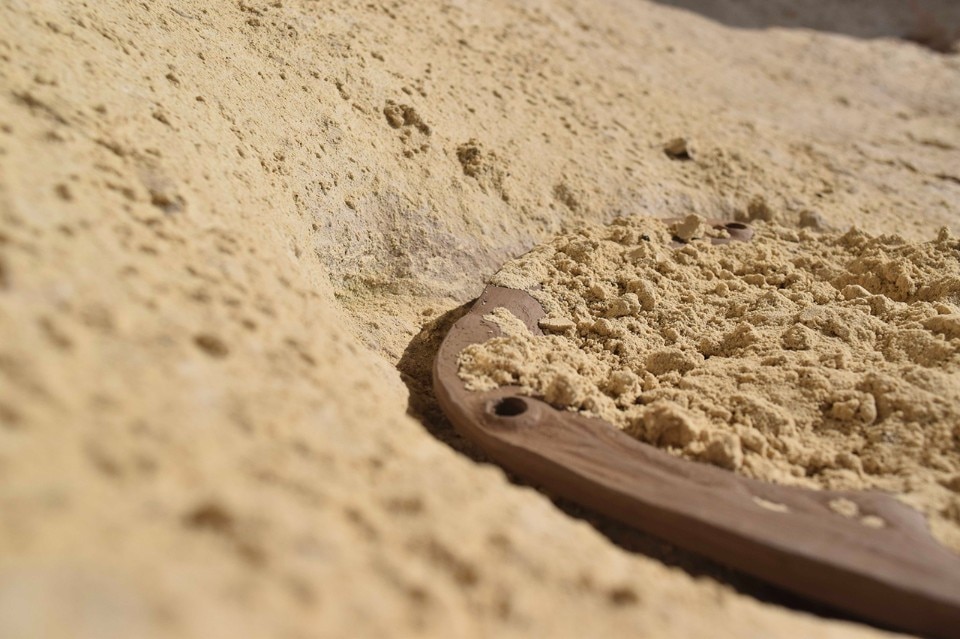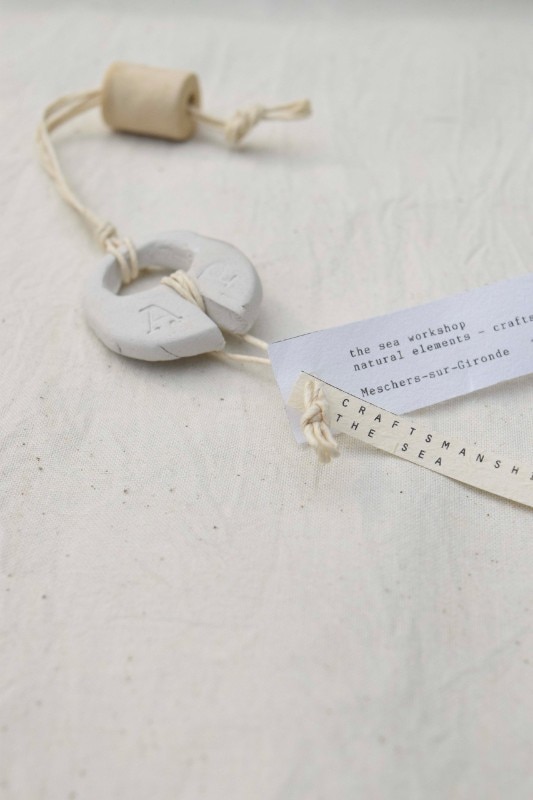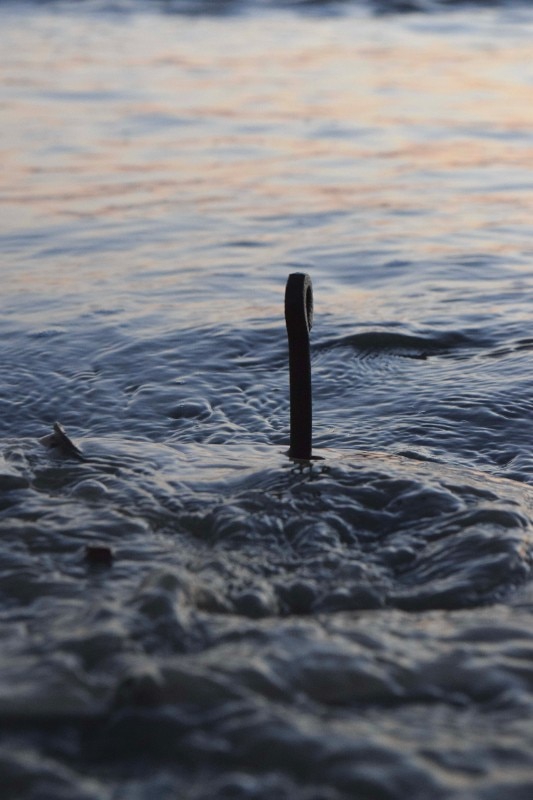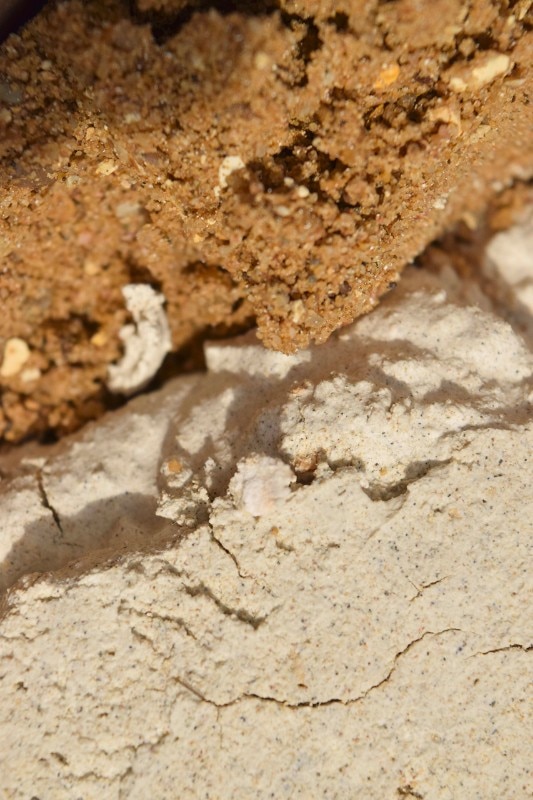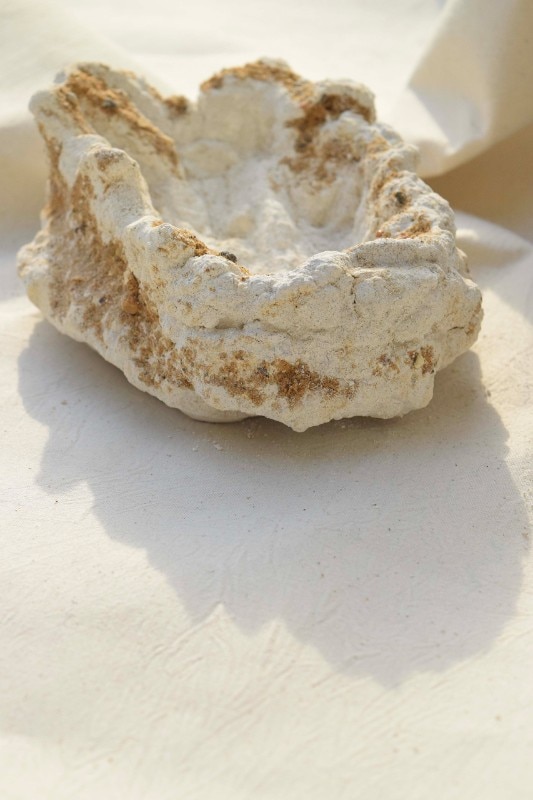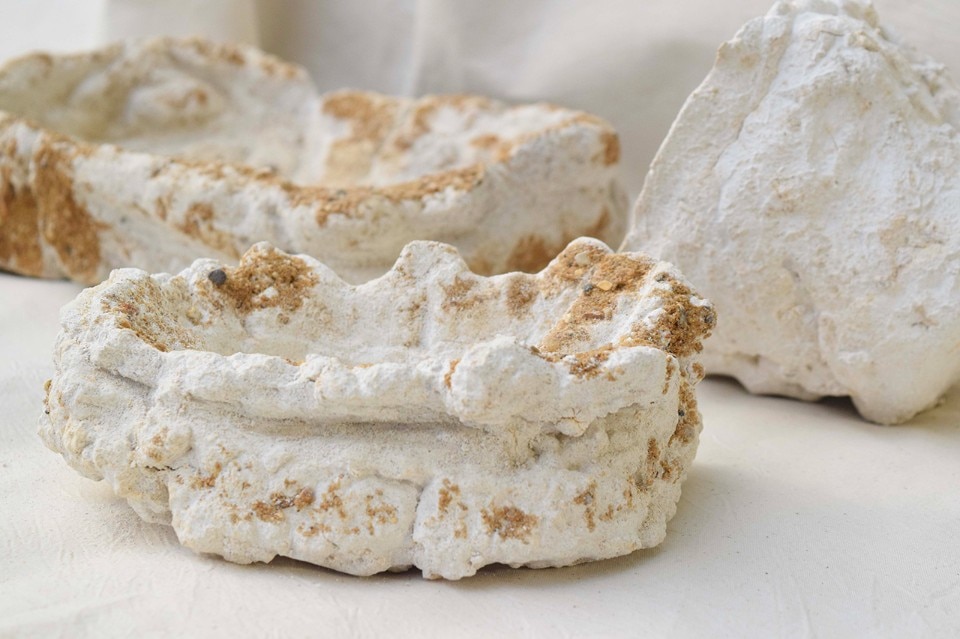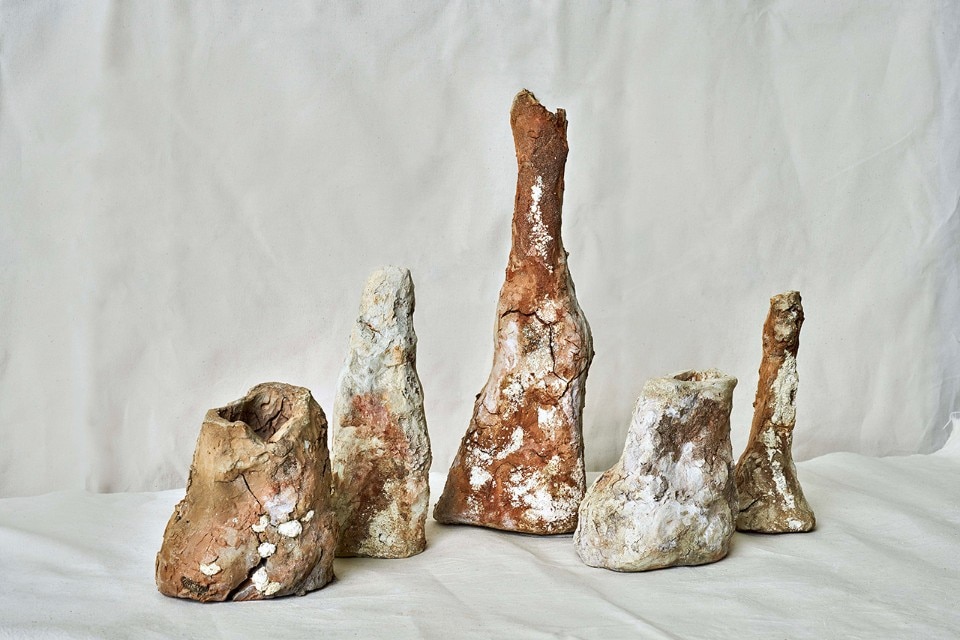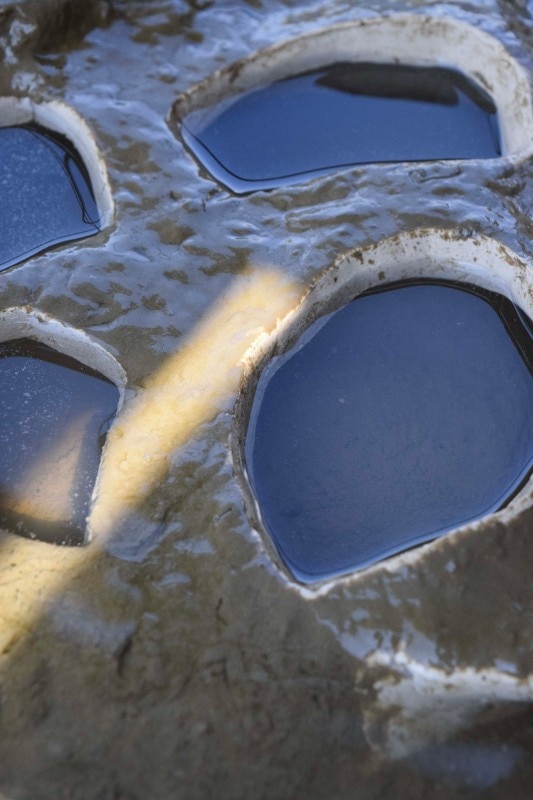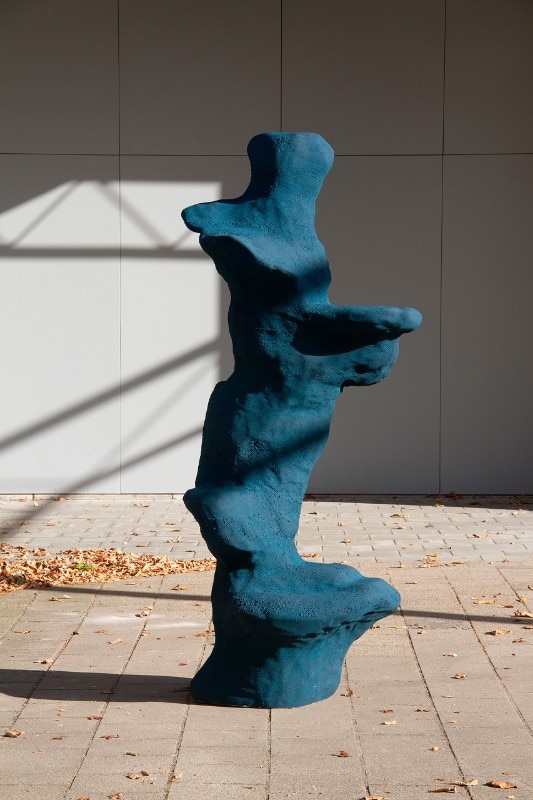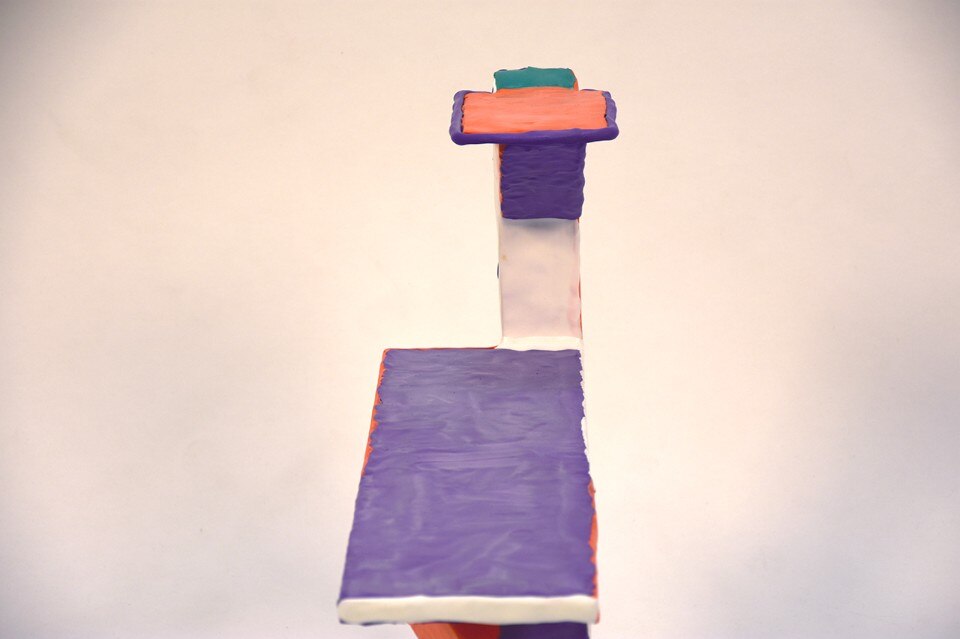Dutch Design Week is a privileged observatory from which to observe trends and experiments in the field of design. This year we could not miss a series of projects that claim the “right to the ugly”: mixtures of organic forms and experiments in which the relationship between designer and material is direct and primordial.
We use the definition of Ugly Design because beauty and utility are certainly not the main objectives of those who produce these works (in Eindhoven asking if it is design or art is quite superfluous).
Lina Bo Bardi supported the “right to the ugly” to reach a deeper understanding of the reality in which she was. Trying to open the boundaries of taste, the Brasilian-naturalised-Italian designer opposed harmony, completeness, proportion, balance and symmetry.
Visualizza questo post su InstagramUn post condiviso da Uglydesign (@uglydesign) in data:
In Eindhoven we don’t find the maximalist and kitsch projects that designers Jonas Nyffenegger and Sebastien Mathys collect in the Instagram account Ugly Design, even if they share with them the rejection for the minimalist, warm and useful design that we find in all the apartments we rent on AirBnb.
Ugly Design could derive from the desire to go beyond the AirSpace aesthetic, defined by the American journalist Kyle Chayka in 2016, according to which digital sharing platforms are harmonising and flattening global taste. A superficial anti-aestheticism could be the antidote to the imagery described by Chayka, consisting of minimalist furniture, craft beers and avocado toast, recycled wood, industrial lighting, Apple devices and Muji accessories.
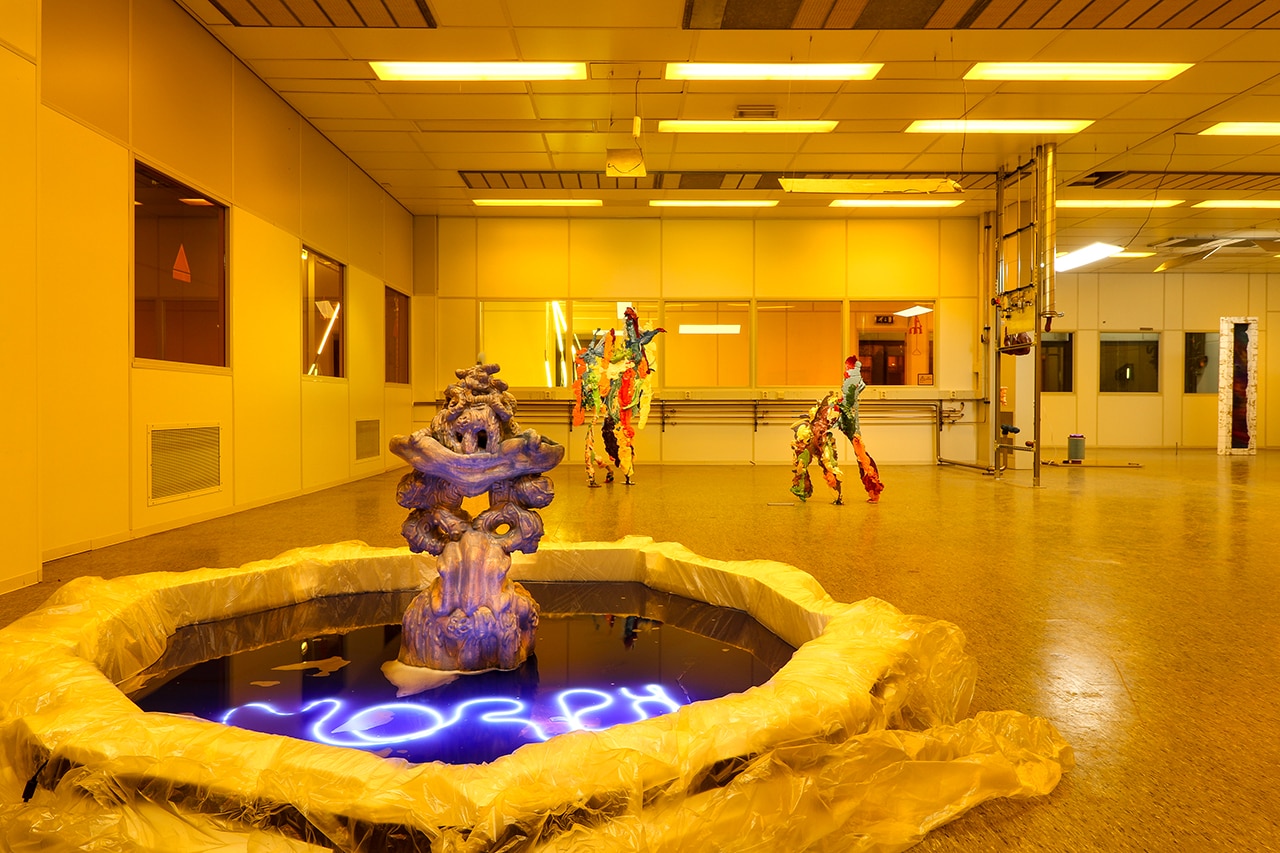
 View gallery
View gallery
To describe this trend, in a recent exhibition in Ghent the term "raw" was used in the title "Poéme-brut". But the reference to Art Brut or brutalism doesn't fully reflect the meaning of the objects seen at Dutch Design Week, which have very different interpretations.
The exhibition "Morph", located in a former Philips factory in Srijp-S, combines objects, material expressions and digital works to emphasize the trans-media dimension of design. Morphing is a technique of post-producing images that gradually transforms them from an initial form to a final one, in an apparently natural and credible way. The projects make a gradual transition between physical and digital, showing the different degrees of hybridisation.
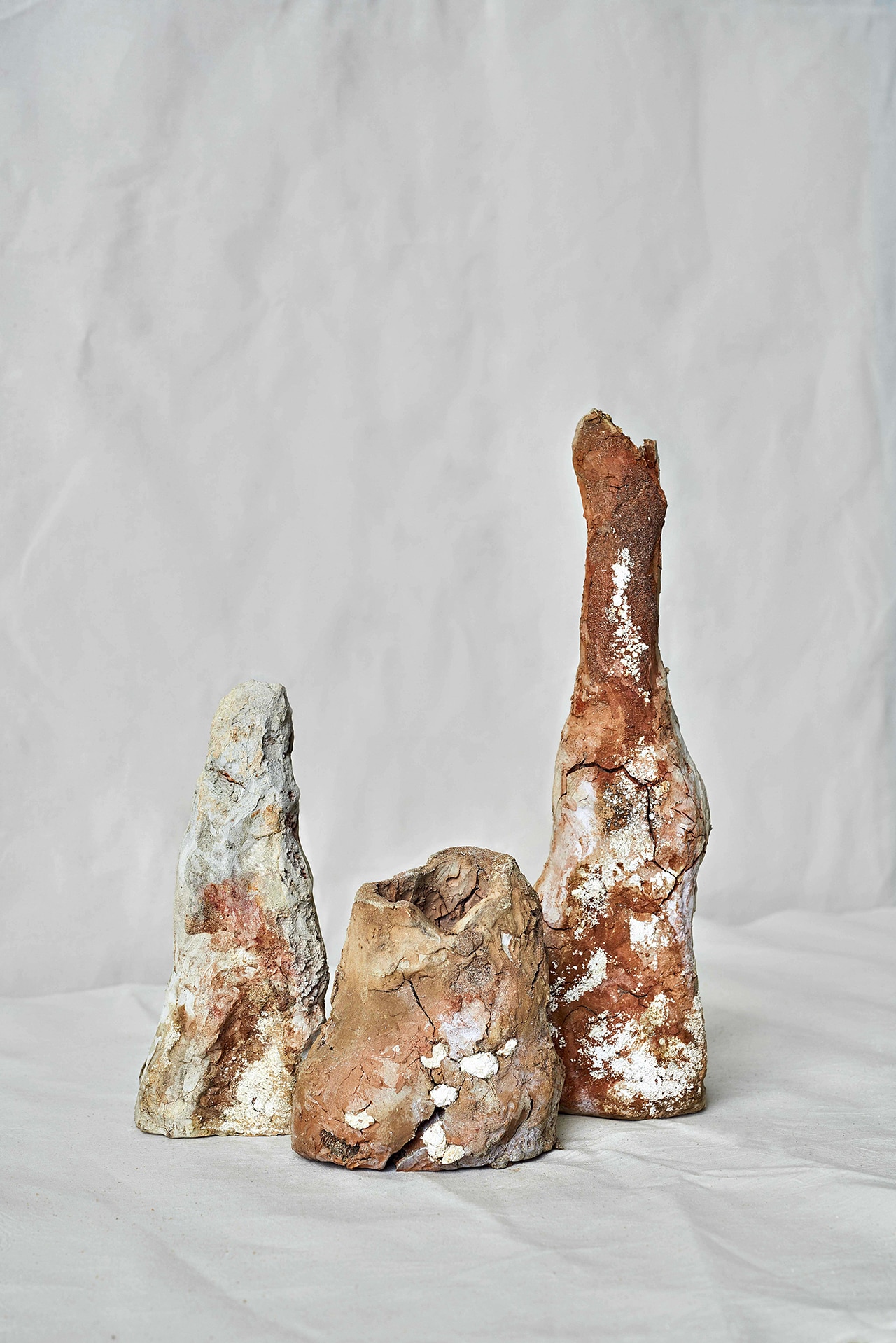
 View gallery
View gallery
An ancestral relationship with the landscape and material experimentation are the basis of the Marecreo project, which Aurore Piette presented at VEEM, one of the main pavilions of Dutch Design Week. The French designer calls herself a Sea Craftswoman and investigates natural production methods in opposition to those of contemporary industry. The objects presented are the result of the slow modelling of the sea and tell the story of the uniqueness of the coast of Meschers-sur-Gironde.
Near Sectie-C is the exhibition "The Biggest Living Room in The Netherlands", curated by Tellurico and the Italian-Spanish collective Molto Molto Project. Nine designers meet inside a magnificent building, completed by Frank Van Klingeren in 1973, and reinterpret its most characteristic element: the pillar. This is considered not only as part of the structure, but the real catalyst of the life of the building. The works come from very different compositional and conceptual processes and give a heterogeneous interpretation to the theme given by the curators.
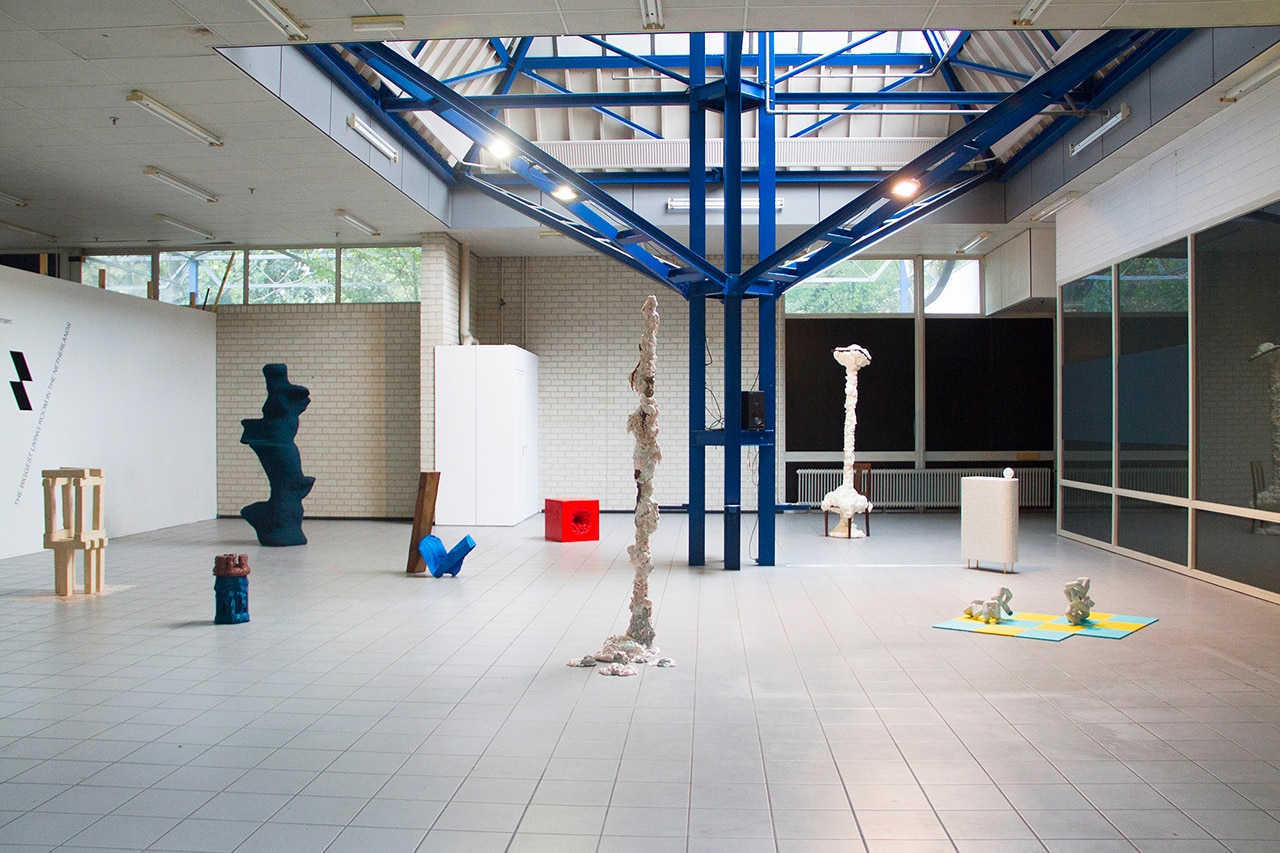
 View gallery
View gallery
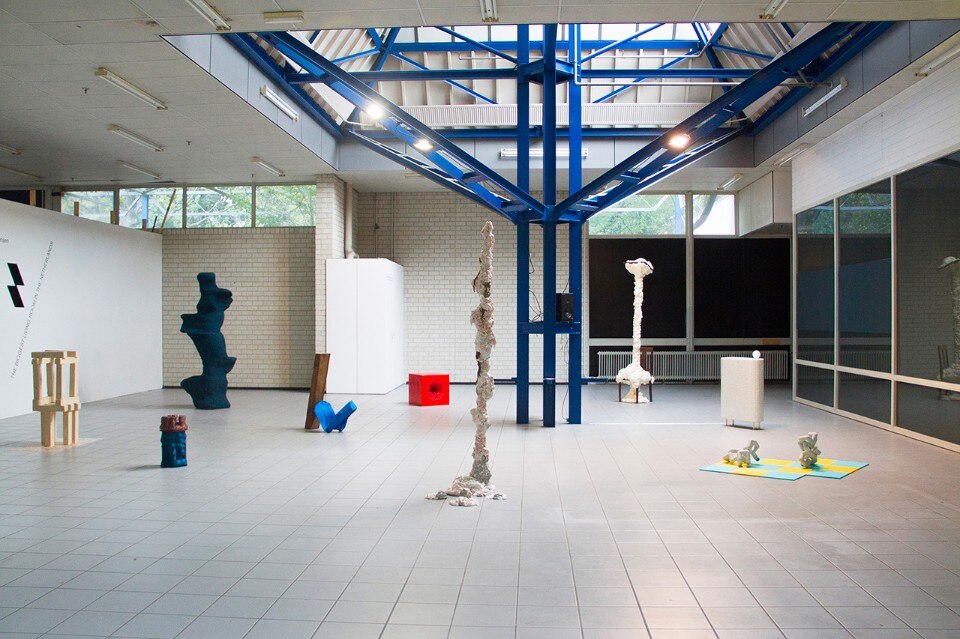
The Biggest Living Room in The Netherlands
Views of the exhibition curated by Tellurico and Molto Molto Project, Dutch Design Week 2018
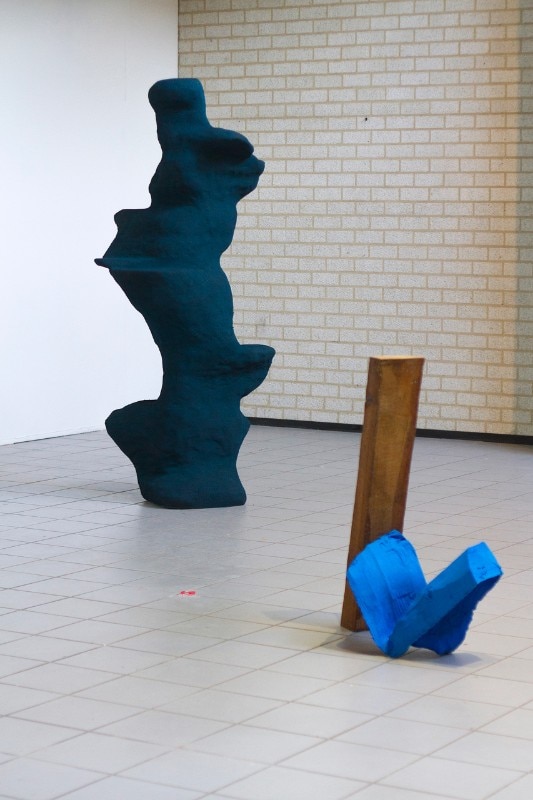
The Biggest Living Room in The Netherlands
Views of the exhibition curated by Tellurico and Molto Molto Project, Dutch Design Week 2018
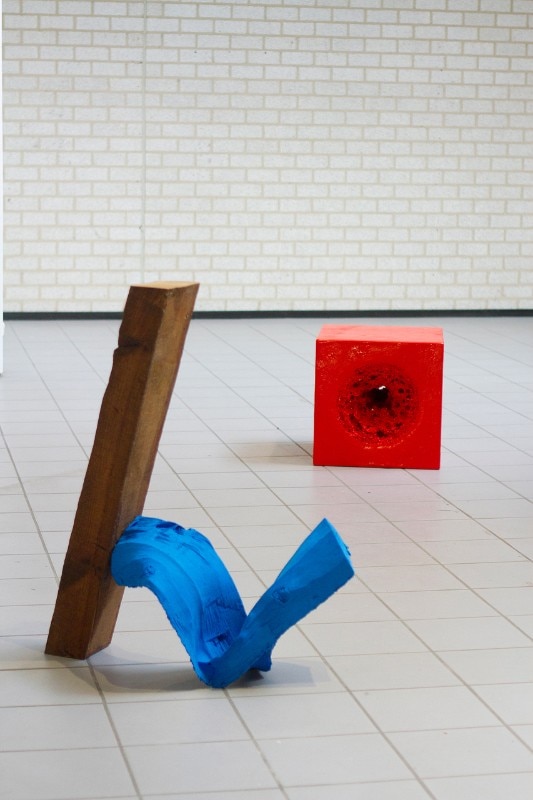
The Biggest Living Room in The Netherlands
Views of the exhibition curated by Tellurico and Molto Molto Project, Dutch Design Week 2018
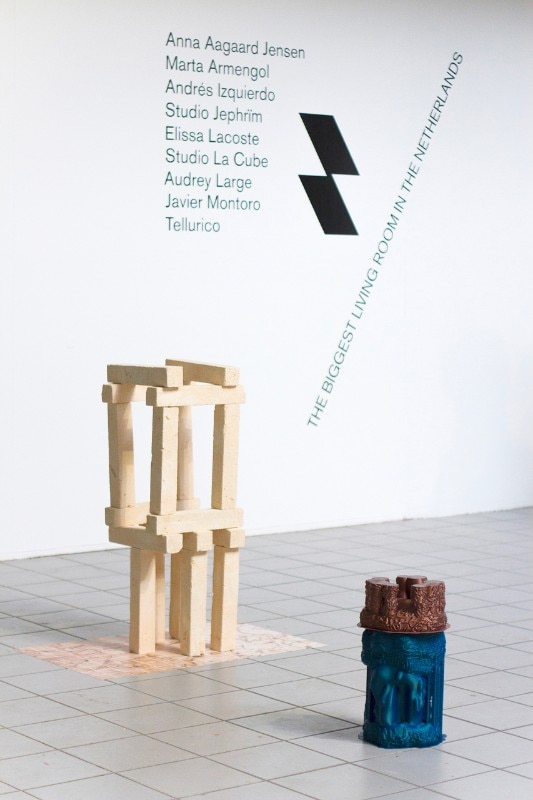
The Biggest Living Room in The Netherlands
Views of the exhibition curated by Tellurico and Molto Molto Project, Dutch Design Week 2018
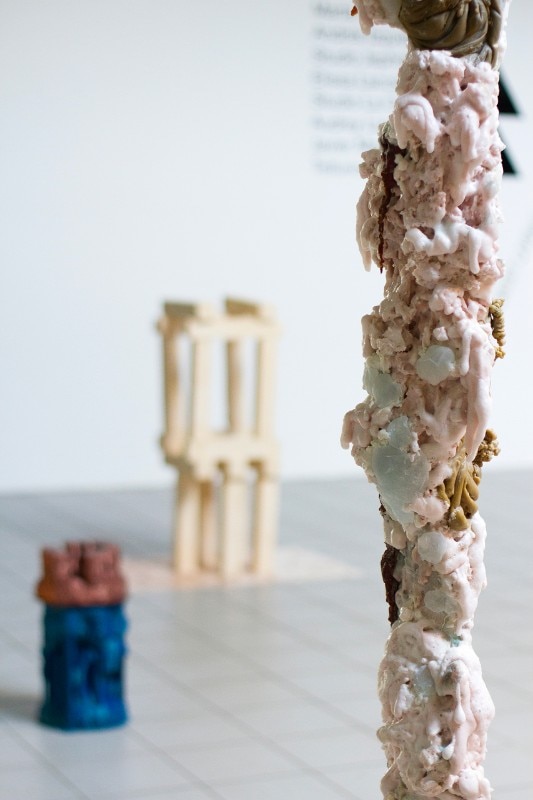
The Biggest Living Room in The Netherlands
Views of the exhibition curated by Tellurico and Molto Molto Project, Dutch Design Week 2018
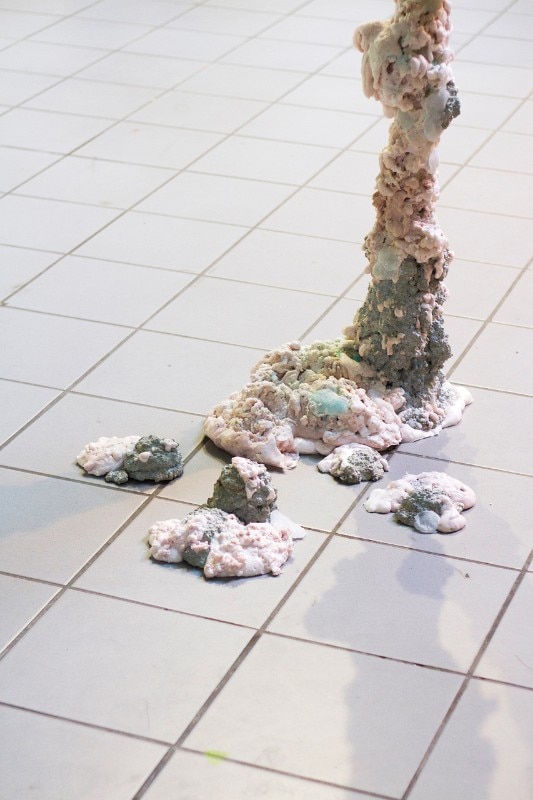
The Biggest Living Room in The Netherlands
Views of the exhibition curated by Tellurico and Molto Molto Project, Dutch Design Week 2018
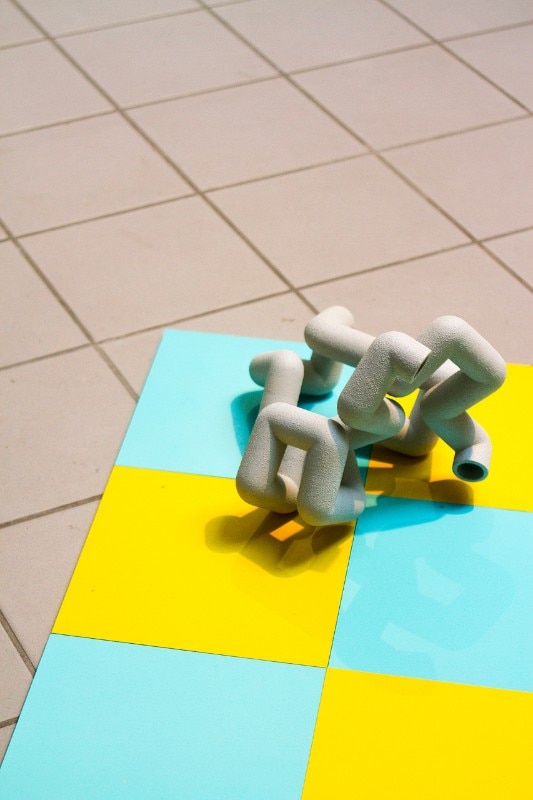
The Biggest Living Room in The Netherlands
Views of the exhibition curated by Tellurico and Molto Molto Project, Dutch Design Week 2018
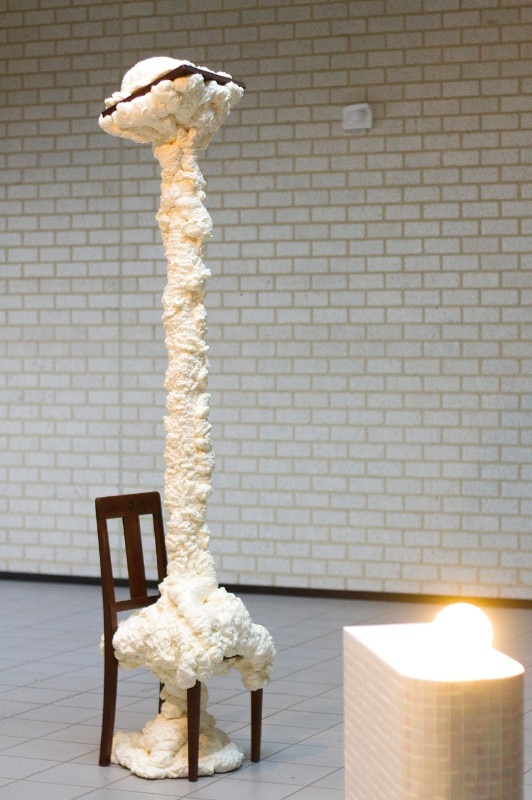
The Biggest Living Room in The Netherlands
Views of the exhibition curated by Tellurico and Molto Molto Project, Dutch Design Week 2018
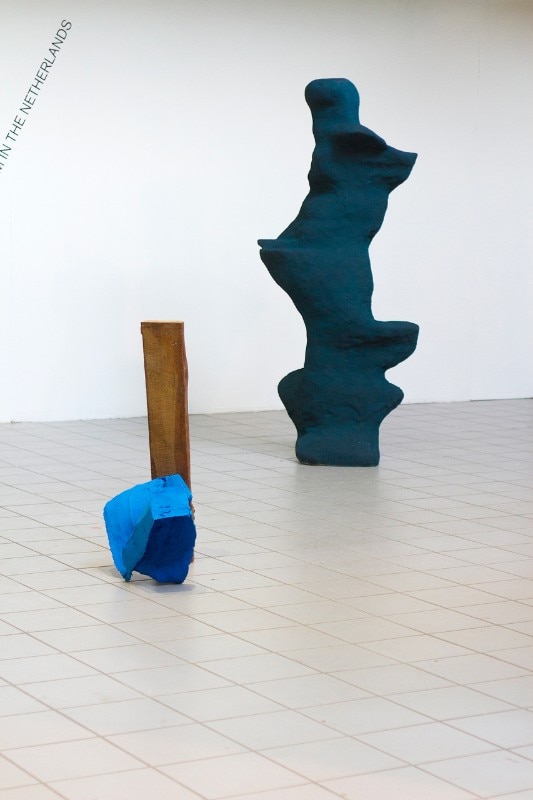
The Biggest Living Room in The Netherlands
Views of the exhibition curated by Tellurico and Molto Molto Project, Dutch Design Week 2018
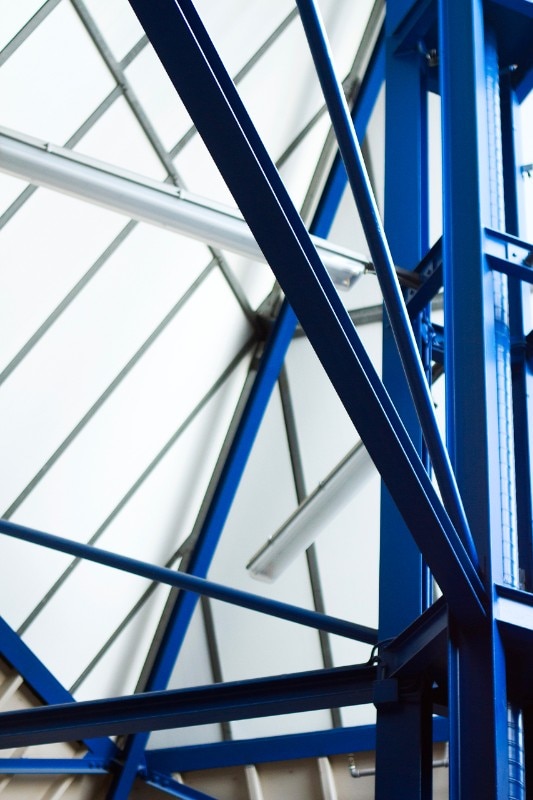
The Biggest Living Room in The Netherlands
Views of the exhibition curated by Tellurico and Molto Molto Project, Dutch Design Week 2018
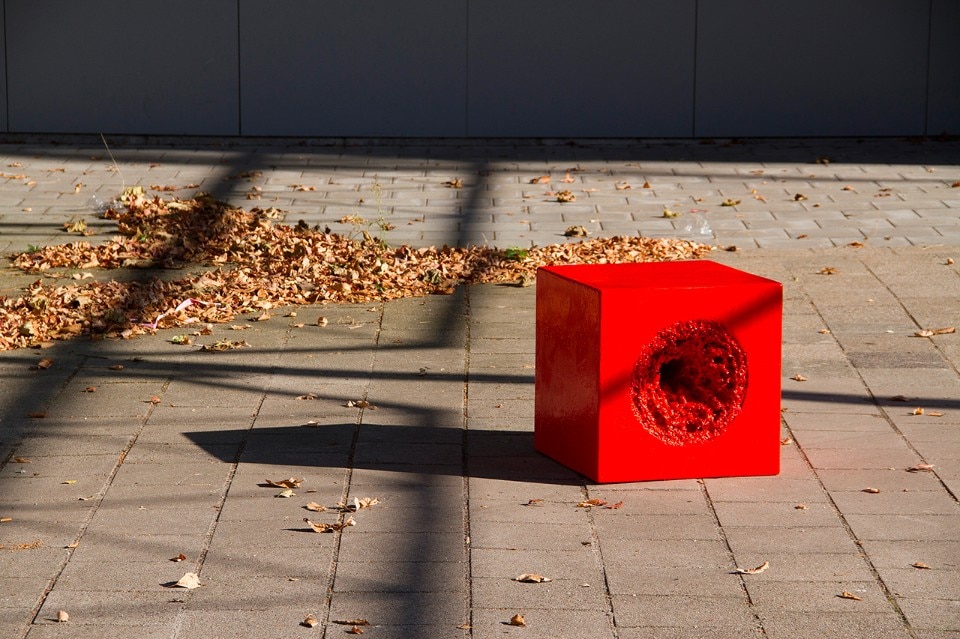
The Biggest Living Room in The Netherlands
Views of the exhibition curated by Tellurico and Molto Molto Project, Dutch Design Week 2018
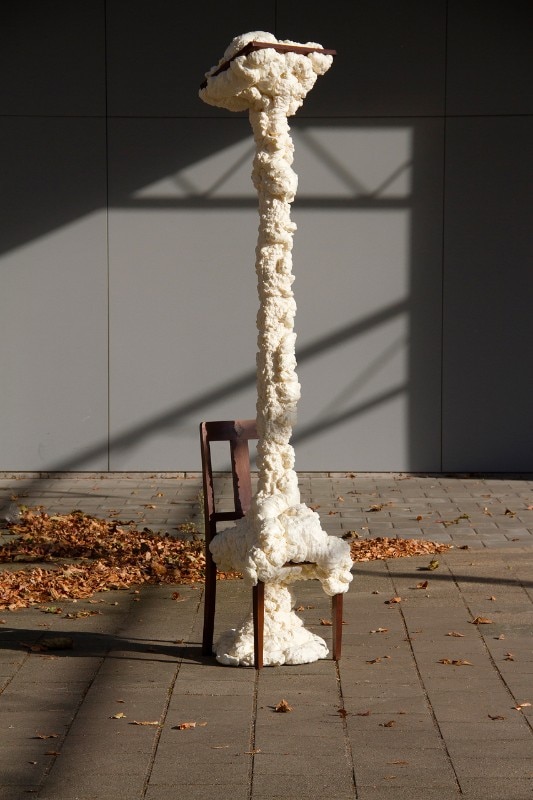
The Biggest Living Room in The Netherlands
Views of the exhibition curated by Tellurico and Molto Molto Project, Dutch Design Week 2018
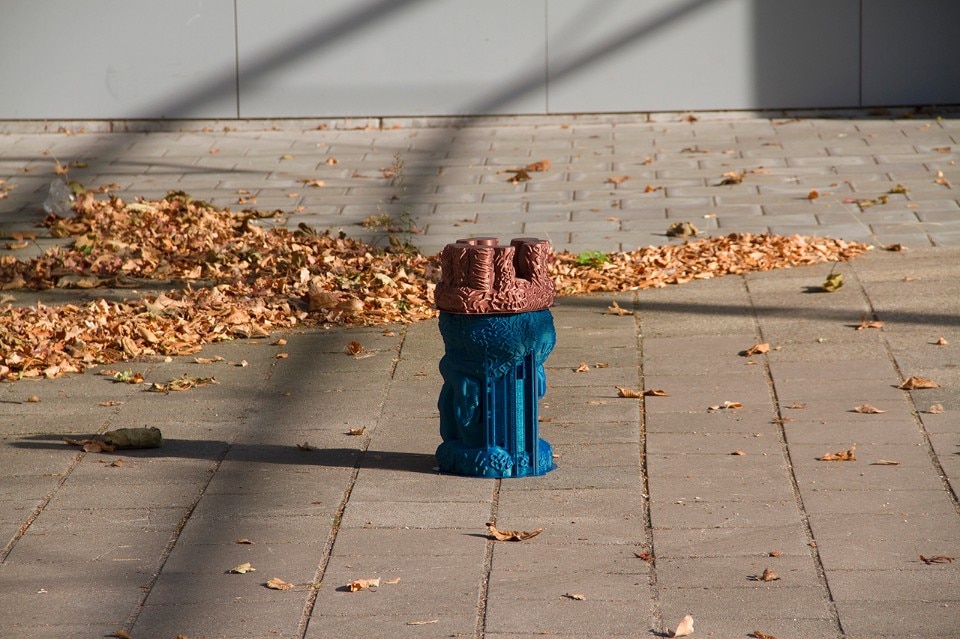
The Biggest Living Room in The Netherlands
Views of the exhibition curated by Tellurico and Molto Molto Project, Dutch Design Week 2018
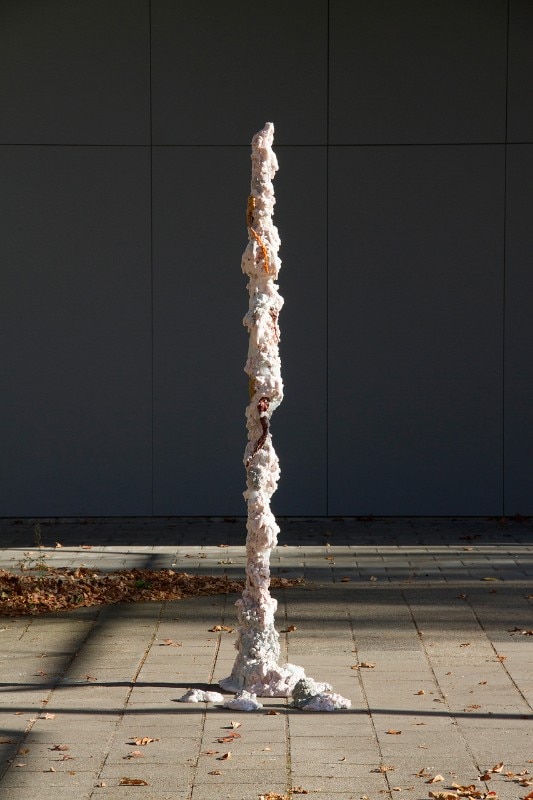
The Biggest Living Room in The Netherlands
Views of the exhibition curated by Tellurico and Molto Molto Project, Dutch Design Week 2018
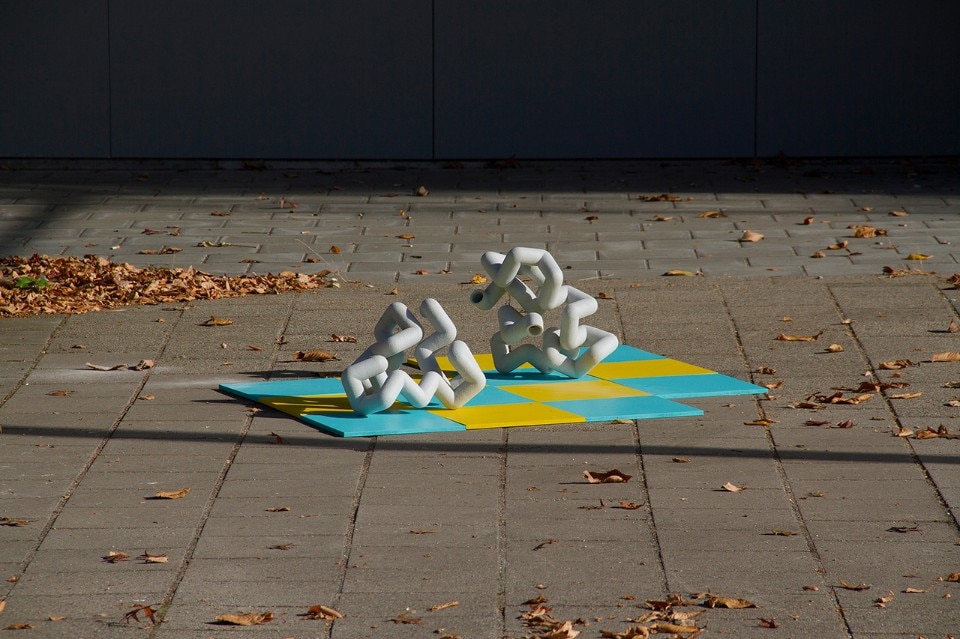
The Biggest Living Room in The Netherlands
Views of the exhibition curated by Tellurico and Molto Molto Project, Dutch Design Week 2018
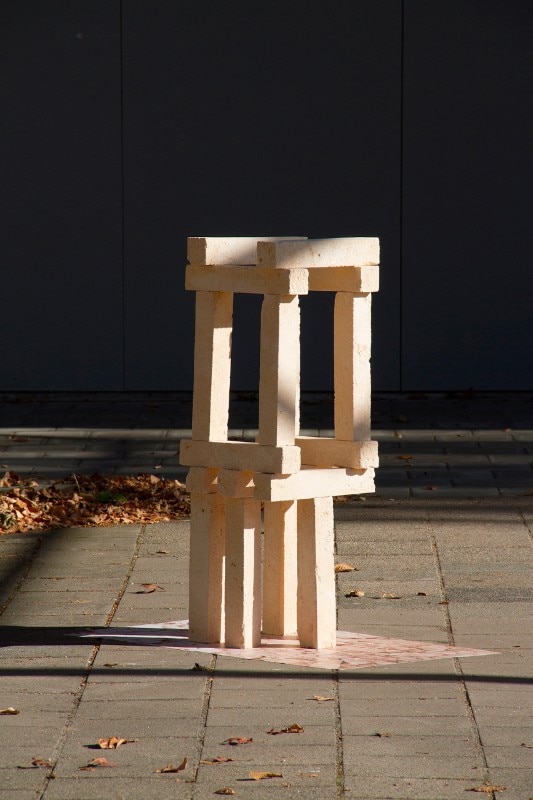
The Biggest Living Room in The Netherlands
Views of the exhibition curated by Tellurico and Molto Molto Project, Dutch Design Week 2018
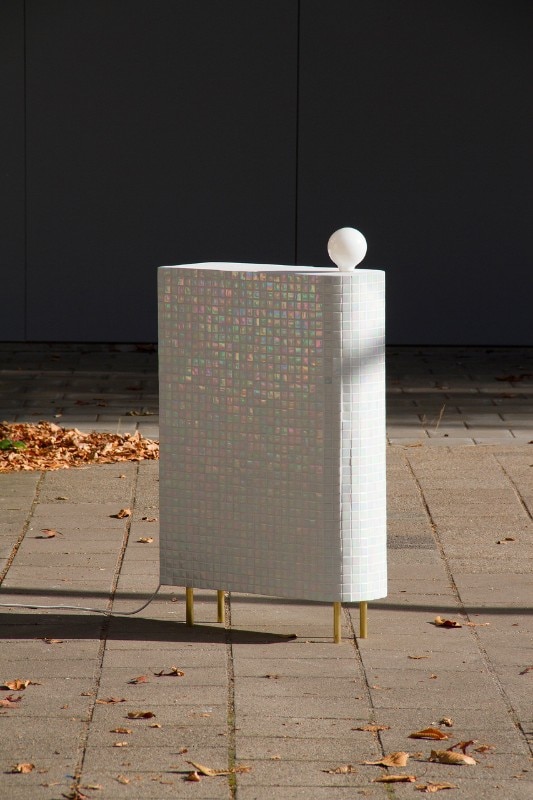
The Biggest Living Room in The Netherlands
Views of the exhibition curated by Tellurico and Molto Molto Project, Dutch Design Week 2018
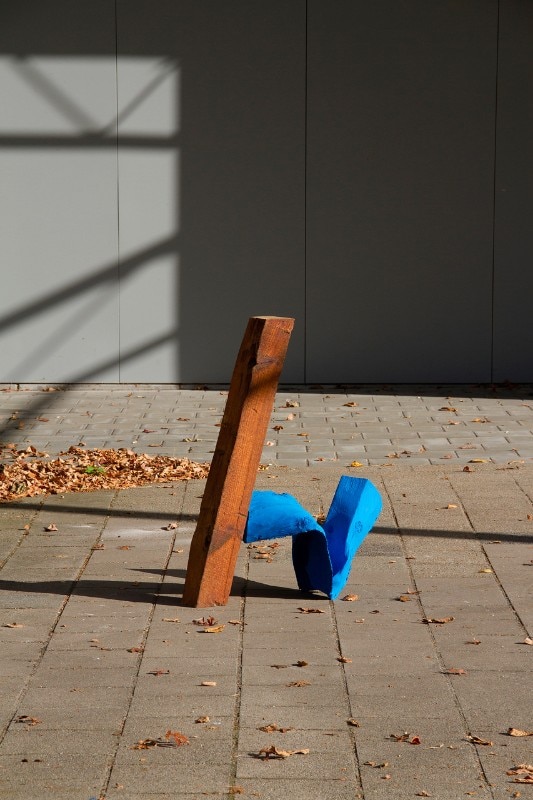
The Biggest Living Room in The Netherlands
Views of the exhibition curated by Tellurico and Molto Molto Project, Dutch Design Week 2018

The Biggest Living Room in The Netherlands
Views of the exhibition curated by Tellurico and Molto Molto Project, Dutch Design Week 2018

The Biggest Living Room in The Netherlands
Views of the exhibition curated by Tellurico and Molto Molto Project, Dutch Design Week 2018

The Biggest Living Room in The Netherlands
Views of the exhibition curated by Tellurico and Molto Molto Project, Dutch Design Week 2018

The Biggest Living Room in The Netherlands
Views of the exhibition curated by Tellurico and Molto Molto Project, Dutch Design Week 2018

The Biggest Living Room in The Netherlands
Views of the exhibition curated by Tellurico and Molto Molto Project, Dutch Design Week 2018

The Biggest Living Room in The Netherlands
Views of the exhibition curated by Tellurico and Molto Molto Project, Dutch Design Week 2018

The Biggest Living Room in The Netherlands
Views of the exhibition curated by Tellurico and Molto Molto Project, Dutch Design Week 2018

The Biggest Living Room in The Netherlands
Views of the exhibition curated by Tellurico and Molto Molto Project, Dutch Design Week 2018

The Biggest Living Room in The Netherlands
Views of the exhibition curated by Tellurico and Molto Molto Project, Dutch Design Week 2018

The Biggest Living Room in The Netherlands
Views of the exhibition curated by Tellurico and Molto Molto Project, Dutch Design Week 2018

The Biggest Living Room in The Netherlands
Views of the exhibition curated by Tellurico and Molto Molto Project, Dutch Design Week 2018

The Biggest Living Room in The Netherlands
Views of the exhibition curated by Tellurico and Molto Molto Project, Dutch Design Week 2018

The Biggest Living Room in The Netherlands
Views of the exhibition curated by Tellurico and Molto Molto Project, Dutch Design Week 2018

The Biggest Living Room in The Netherlands
Views of the exhibition curated by Tellurico and Molto Molto Project, Dutch Design Week 2018

The Biggest Living Room in The Netherlands
Views of the exhibition curated by Tellurico and Molto Molto Project, Dutch Design Week 2018

The Biggest Living Room in The Netherlands
Views of the exhibition curated by Tellurico and Molto Molto Project, Dutch Design Week 2018

The Biggest Living Room in The Netherlands
Views of the exhibition curated by Tellurico and Molto Molto Project, Dutch Design Week 2018

The Biggest Living Room in The Netherlands
Views of the exhibition curated by Tellurico and Molto Molto Project, Dutch Design Week 2018
Finally, in the Graduation Show of the Design Academy in Eindhoven you can find dozens of interpretations of our definition of Ugly Design, especially in the section of Contextual Design. On the other hand, the students of the academy are always very attentive to themes, trends and contemporary avant-gardes. Among the new Gaetano Pesce and Erez Nevi Pana we find a project that stands out for its depth of reflection and originality: Diego Faivre's research entitled Minute Manufacturing. As the title suggests, time is the fundamental unit of measurement of objects that he creates by manipulating waste objects with colored clay. The work is a physical reaction to the mass production of design, which makes the found objects unique. It is also a serious reflection on the state of contemporary "creatives", manifesting our obsession with time and money.
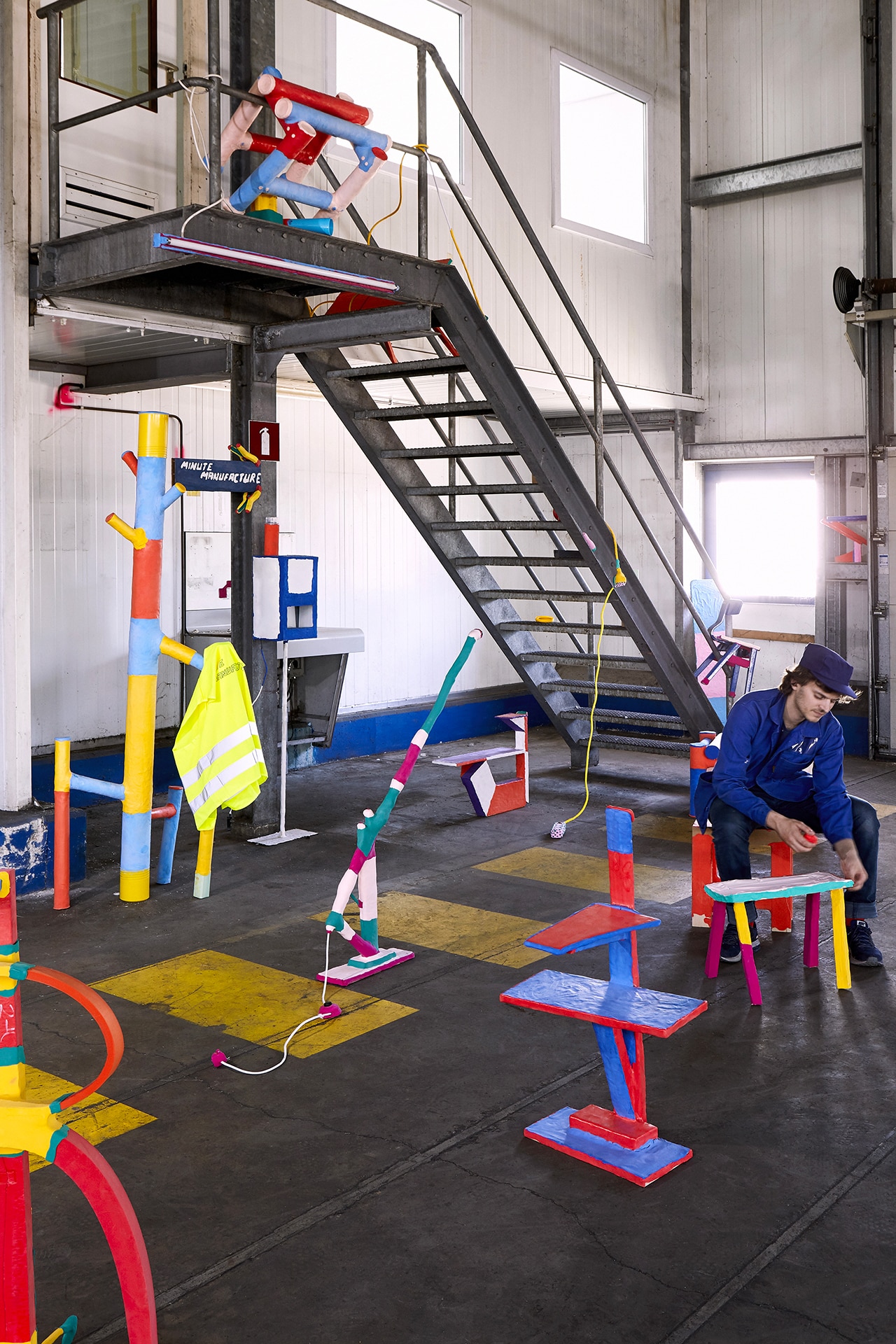
 View gallery
View gallery
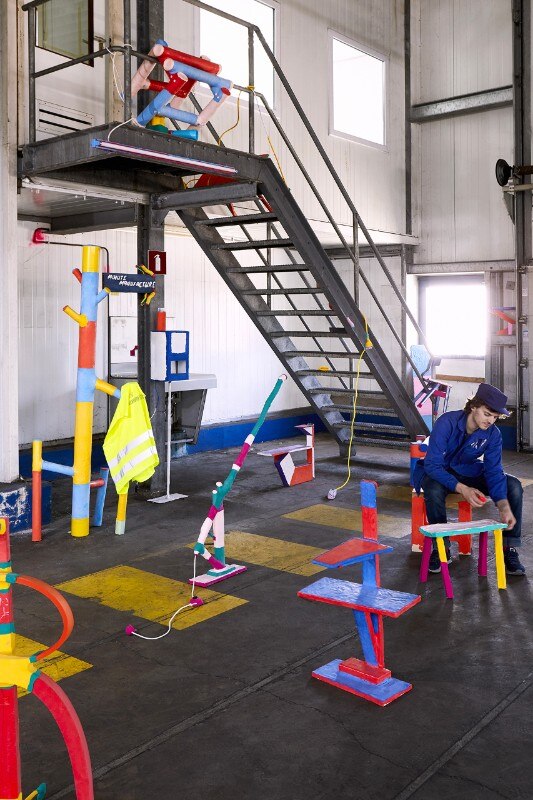
Diego Faivre, Minute Manufacturing
Progetto esposto al Graduation Show della Design Academy di Eindhoven. Dutch Design Week 2018
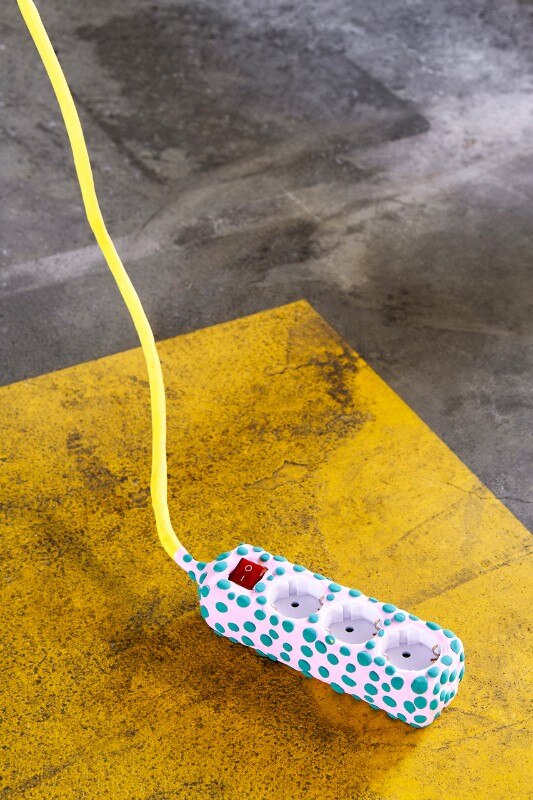
Diego Faivre, Minute Manufacturing
Progetto esposto al Graduation Show della Design Academy di Eindhoven. Dutch Design Week 2018
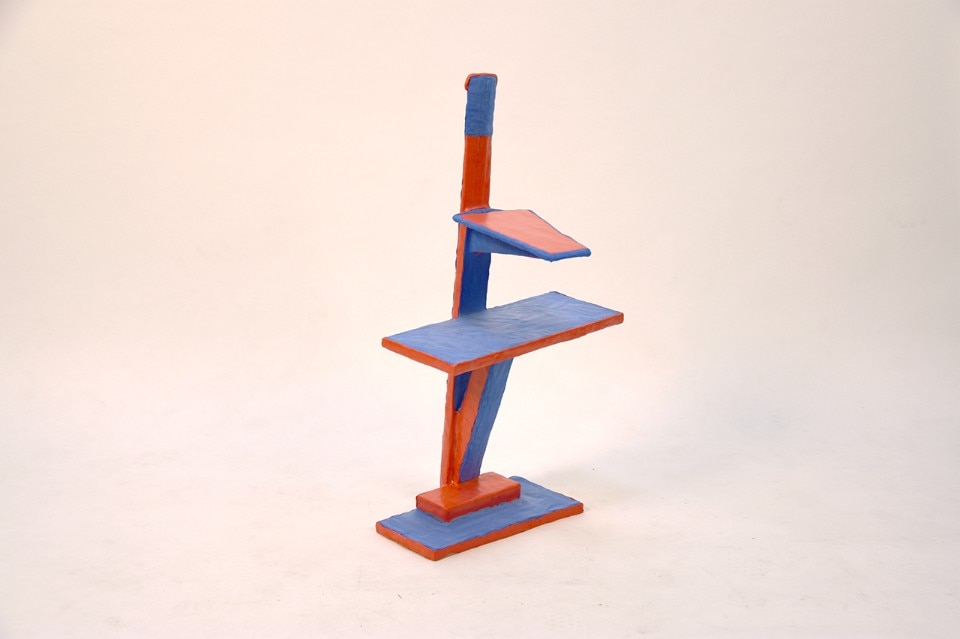
Diego Faivre, Minute Manufacturing
Progetto esposto al Graduation Show della Design Academy di Eindhoven. Dutch Design Week 2018
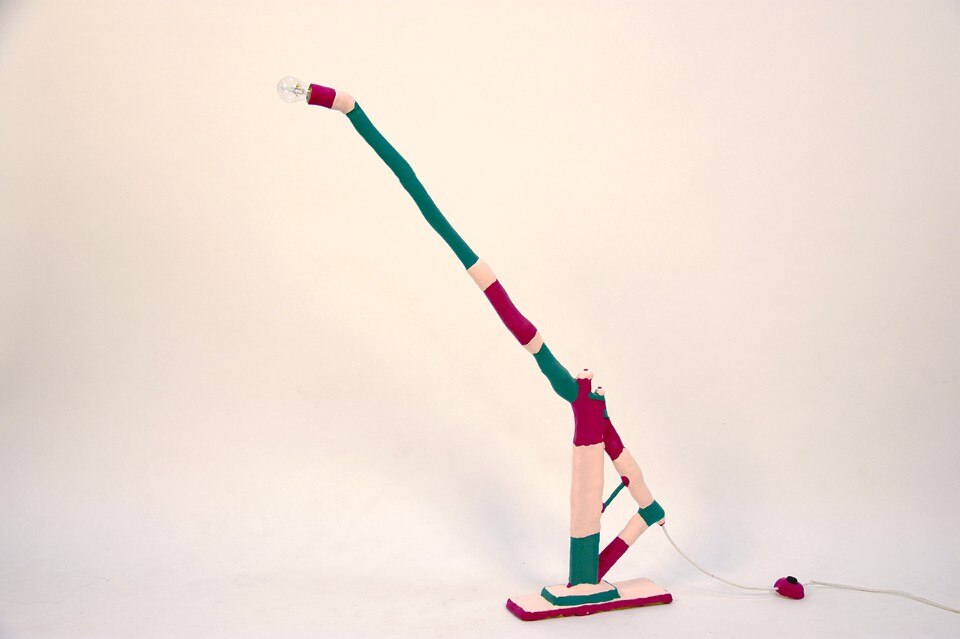
Diego Faivre, Minute Manufacturing
Progetto esposto al Graduation Show della Design Academy di Eindhoven. Dutch Design Week 2018
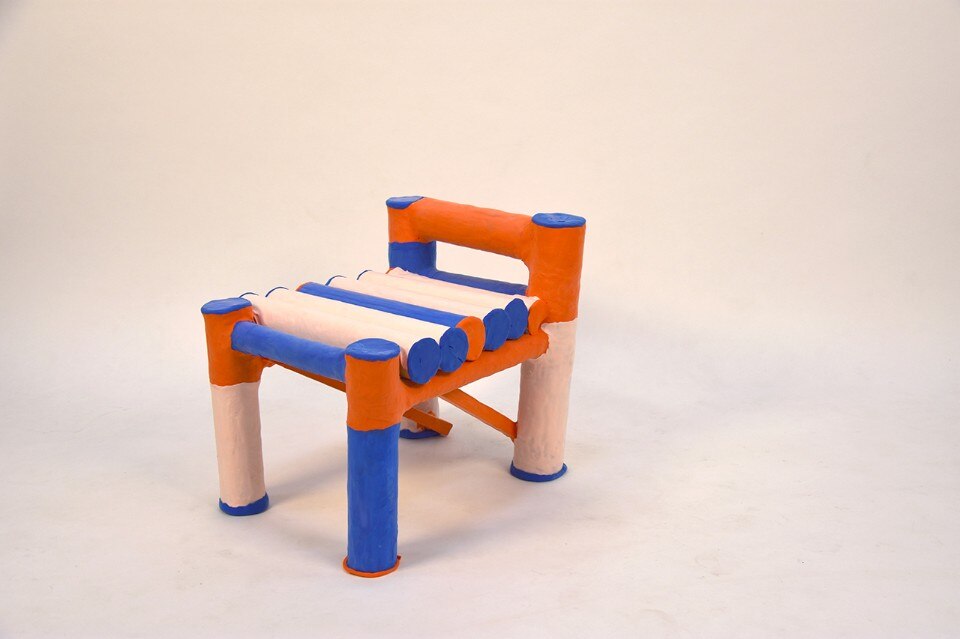
Diego Faivre, Minute Manufacturing
Progetto esposto al Graduation Show della Design Academy di Eindhoven. Dutch Design Week 2018
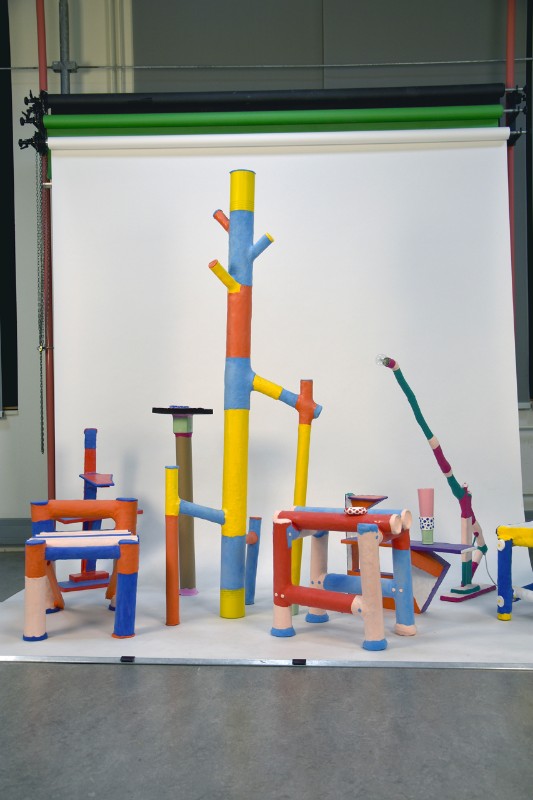
Diego Faivre, Minute Manufacturing
Progetto esposto al Graduation Show della Design Academy di Eindhoven. Dutch Design Week 2018
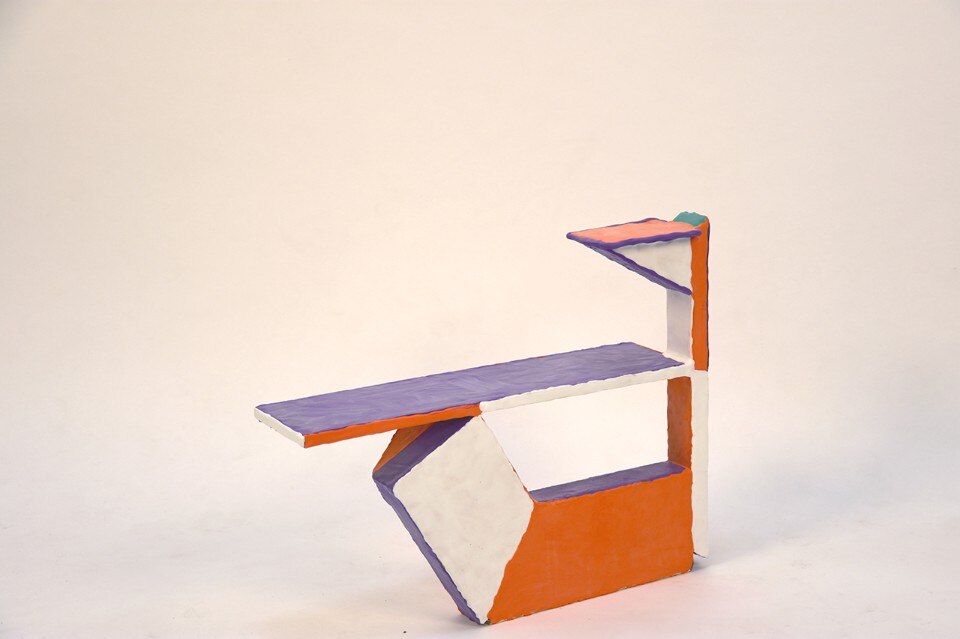
Diego Faivre, Minute Manufacturing
Progetto esposto al Graduation Show della Design Academy di Eindhoven. Dutch Design Week 2018

Diego Faivre, Minute Manufacturing
Progetto esposto al Graduation Show della Design Academy di Eindhoven. Dutch Design Week 2018

Diego Faivre, Minute Manufacturing
Progetto esposto al Graduation Show della Design Academy di Eindhoven. Dutch Design Week 2018

Diego Faivre, Minute Manufacturing
Progetto esposto al Graduation Show della Design Academy di Eindhoven. Dutch Design Week 2018

Diego Faivre, Minute Manufacturing
Progetto esposto al Graduation Show della Design Academy di Eindhoven. Dutch Design Week 2018

Diego Faivre, Minute Manufacturing
Progetto esposto al Graduation Show della Design Academy di Eindhoven. Dutch Design Week 2018

Diego Faivre, Minute Manufacturing
Progetto esposto al Graduation Show della Design Academy di Eindhoven. Dutch Design Week 2018

Diego Faivre, Minute Manufacturing
Progetto esposto al Graduation Show della Design Academy di Eindhoven. Dutch Design Week 2018
Opening image: Anna Aagaard Jensen, A Basic Instinct. The young designer is present in three of the exhibitions mentioned in the article: "Morph", "The Biggest Living Room in The Netherlands" and the Graduation Show of the Design Academy of Eindhoven.



